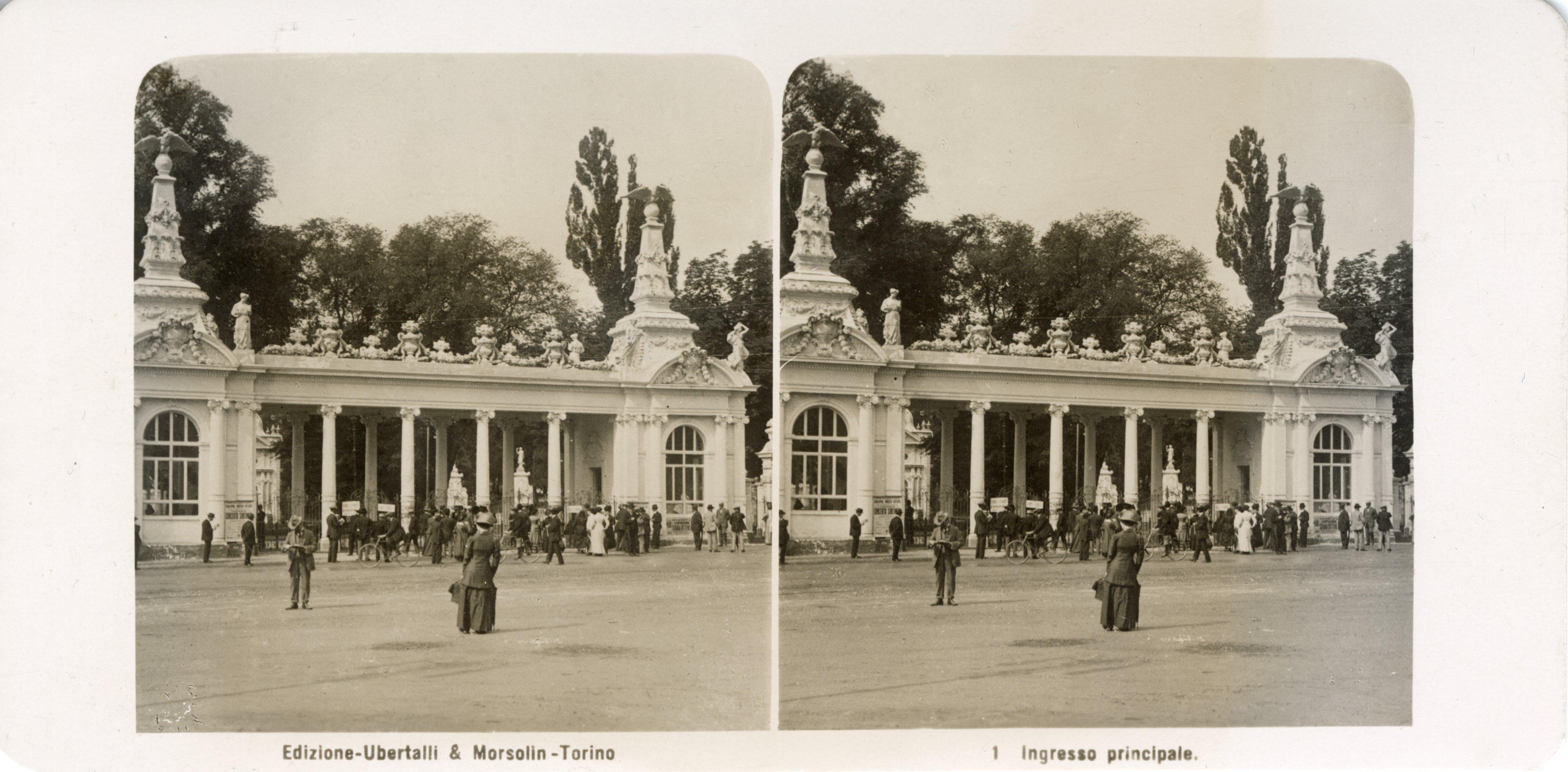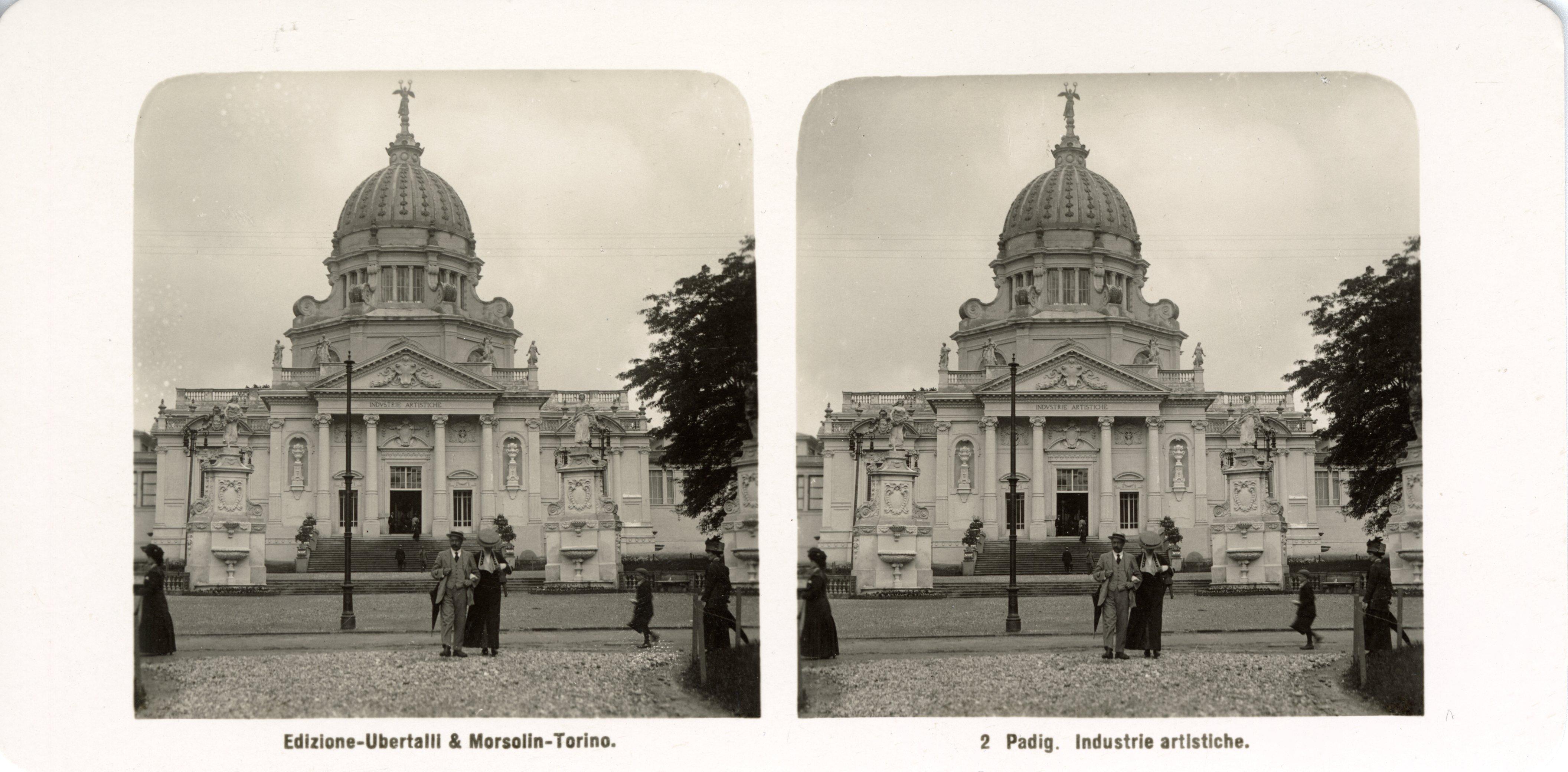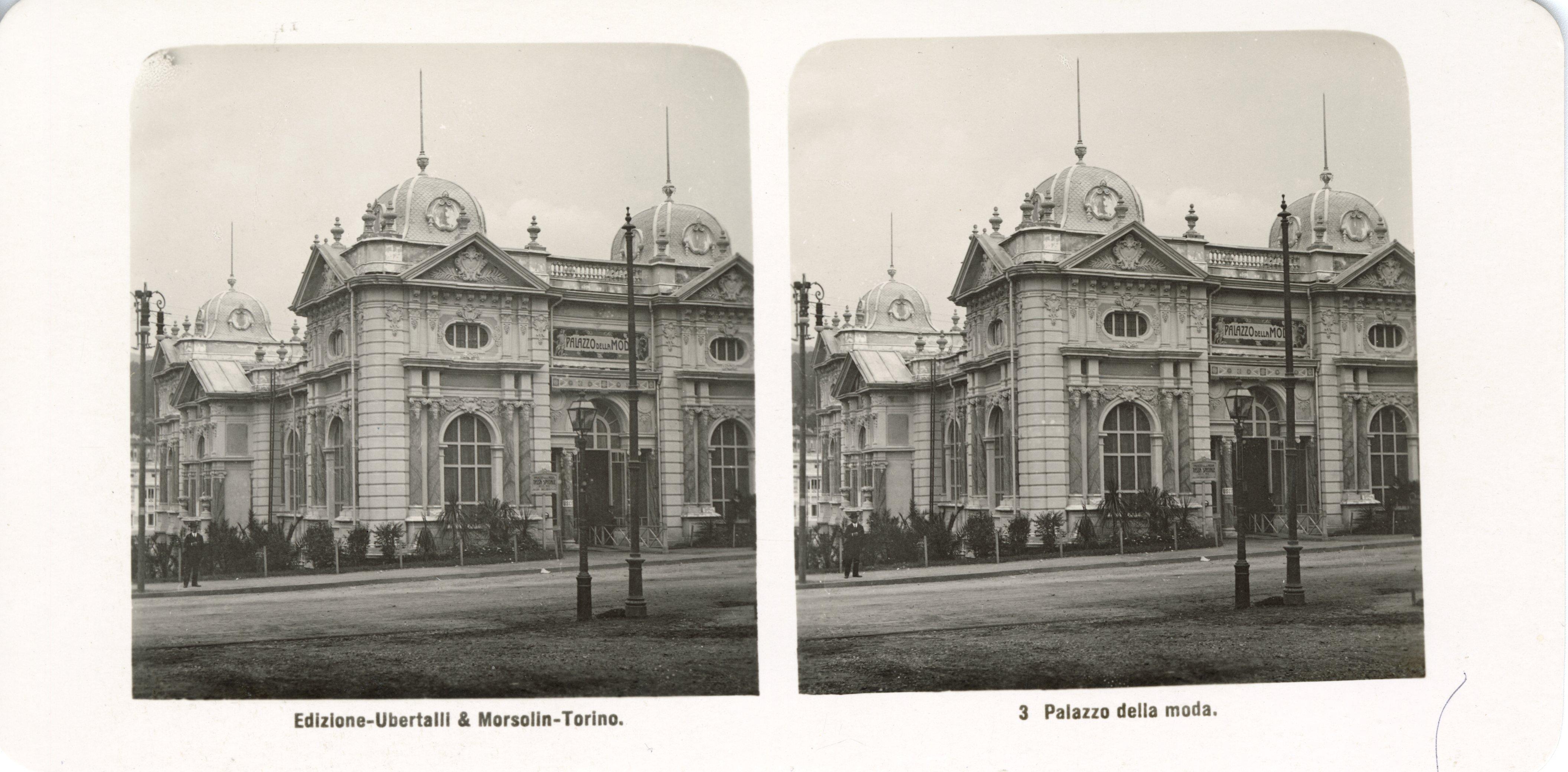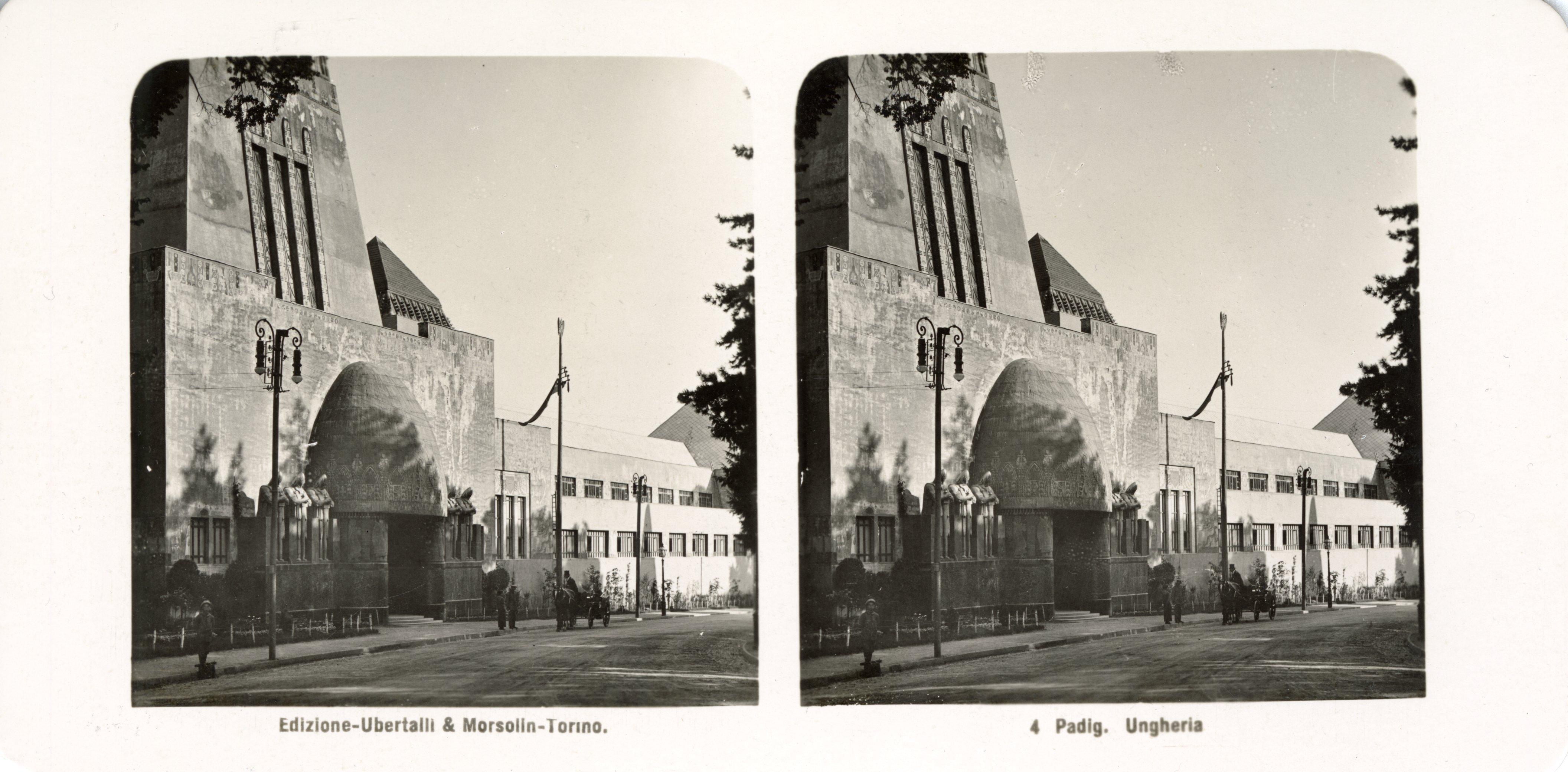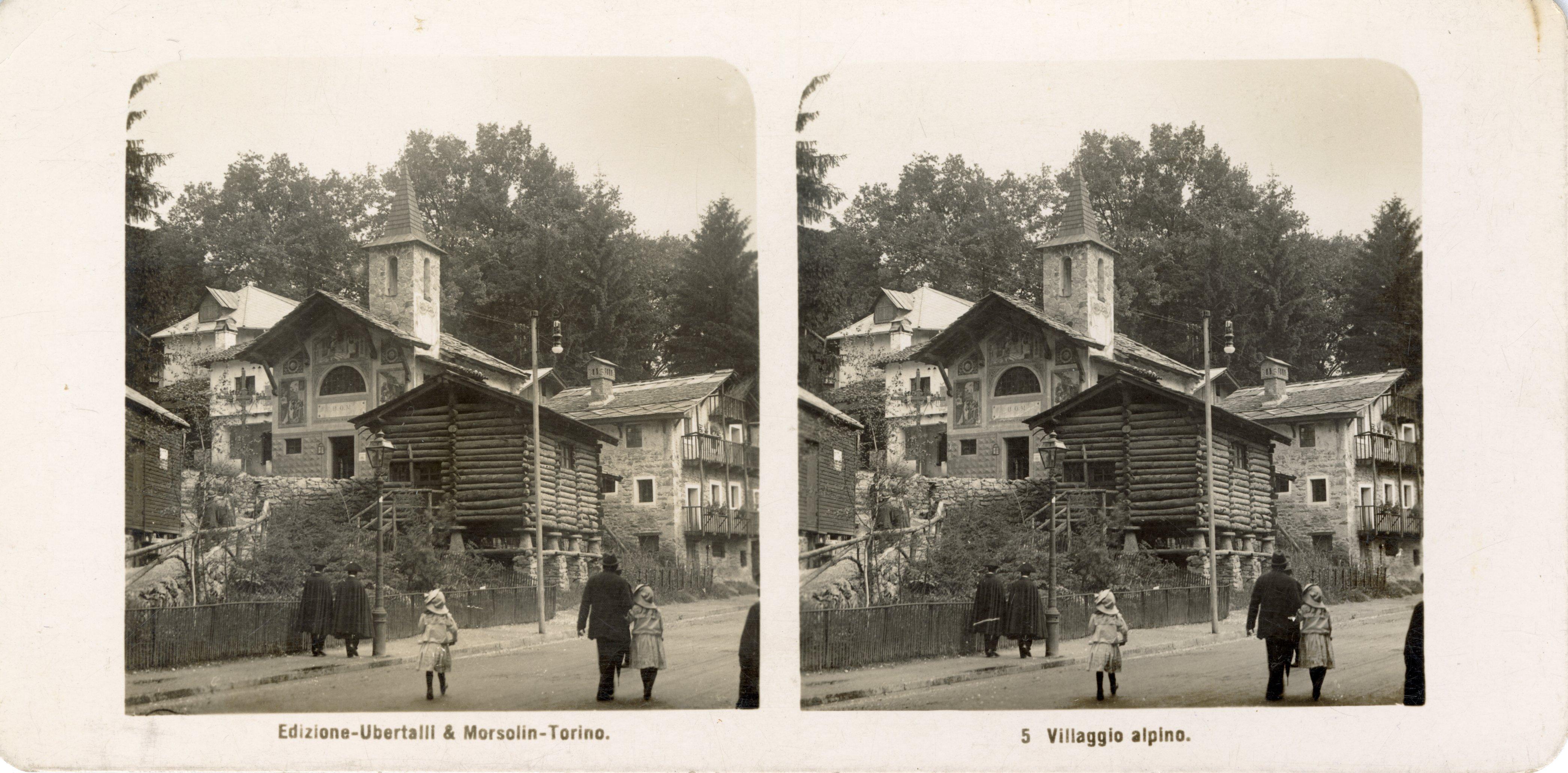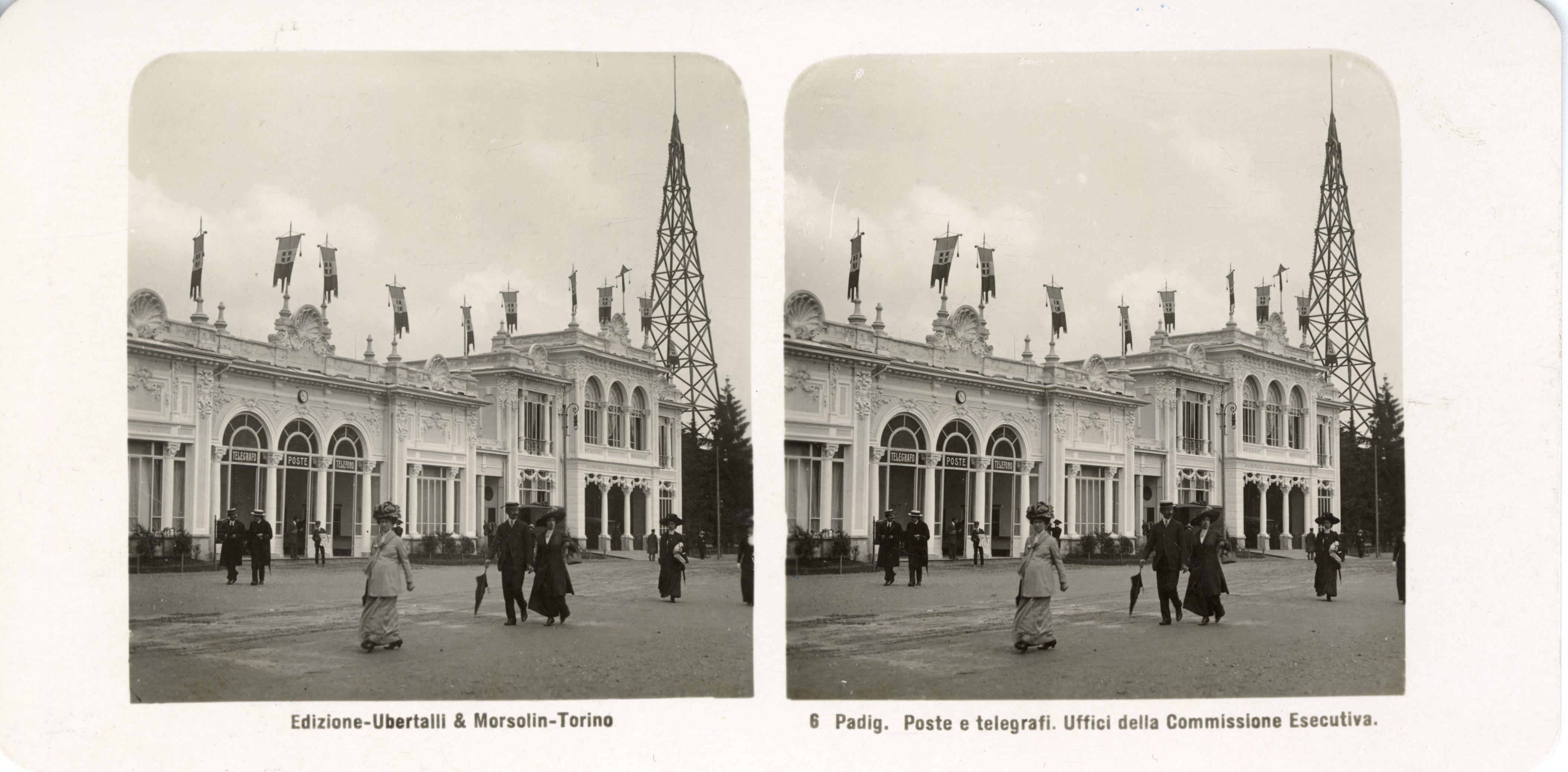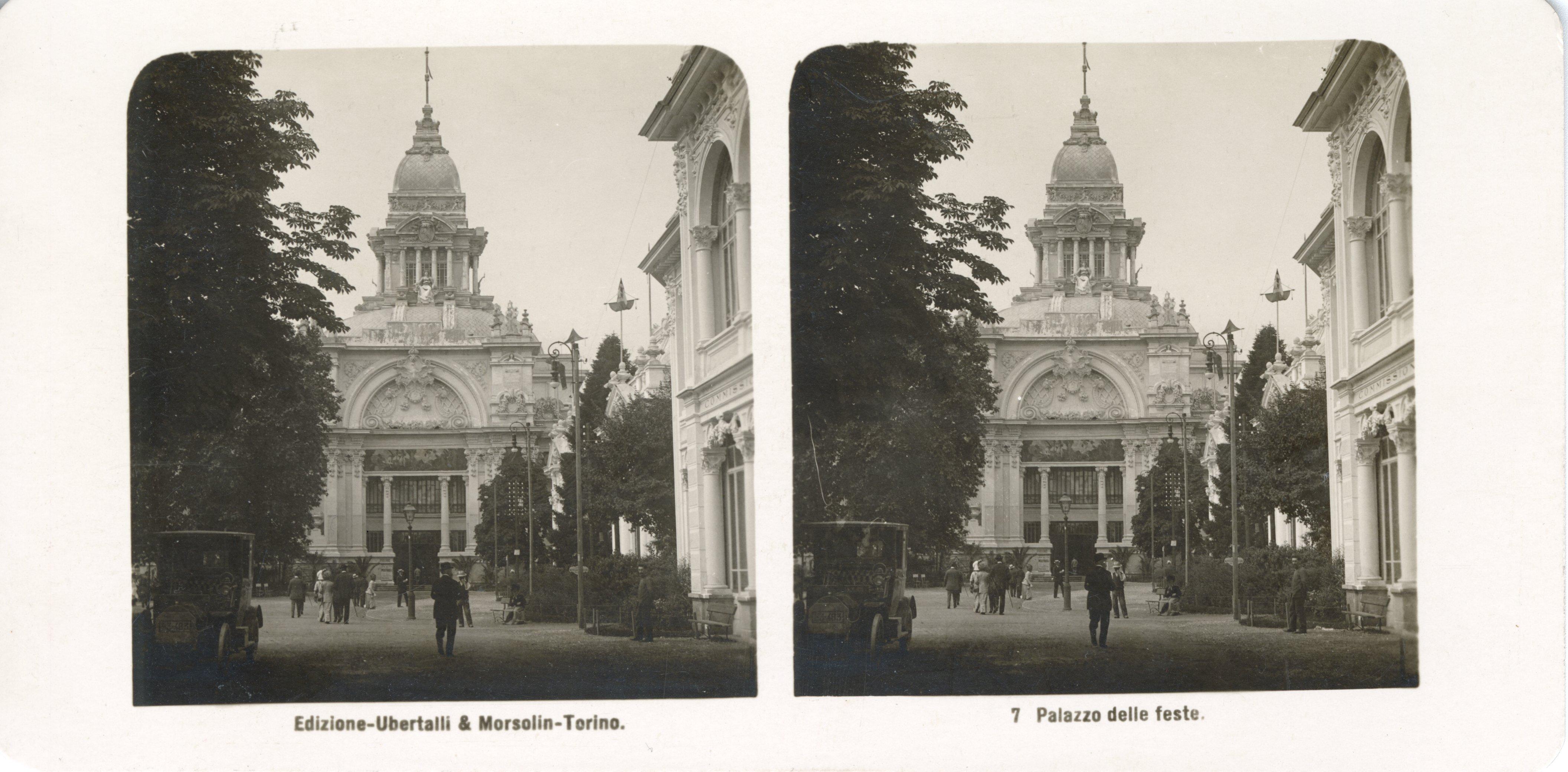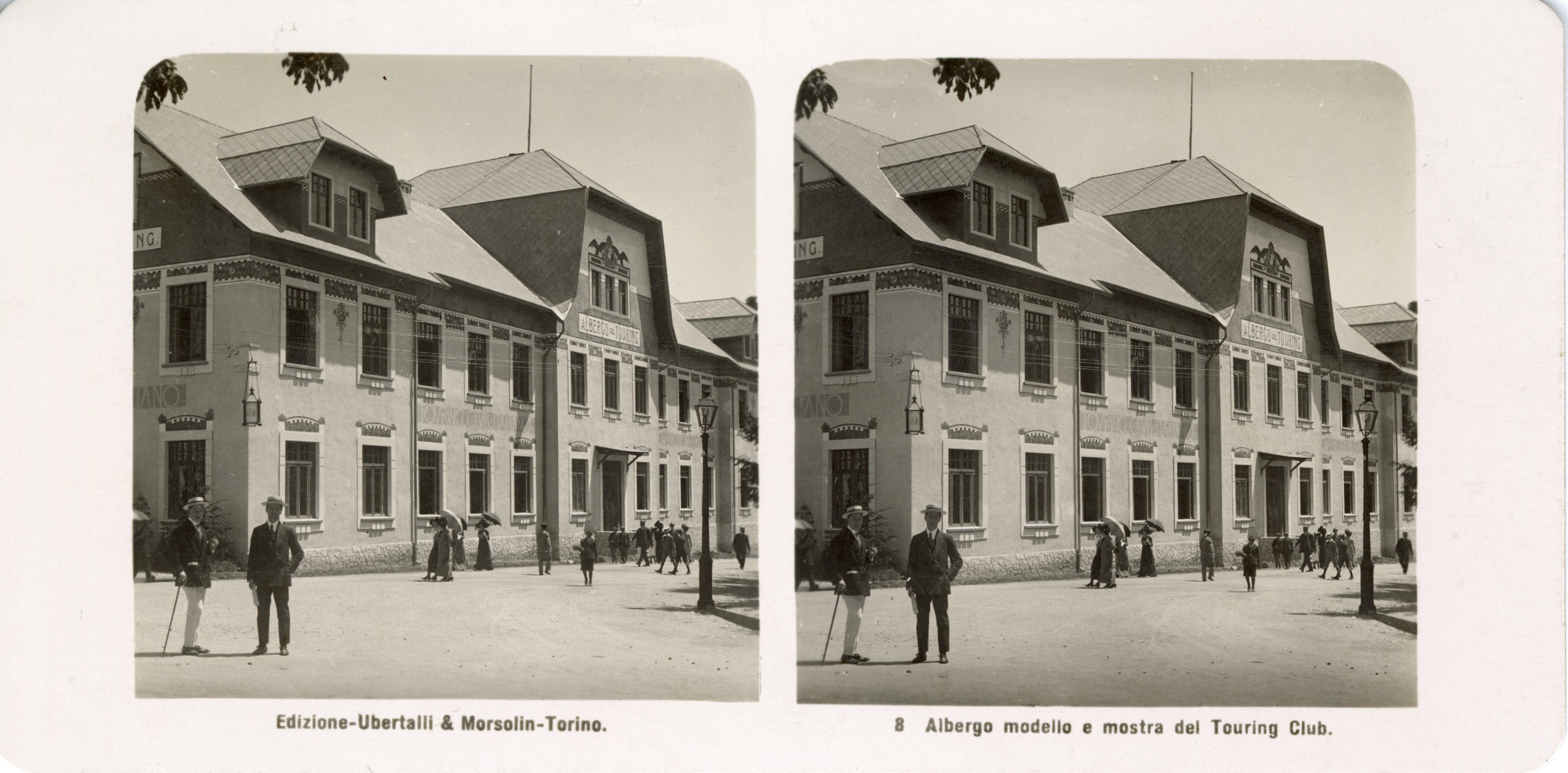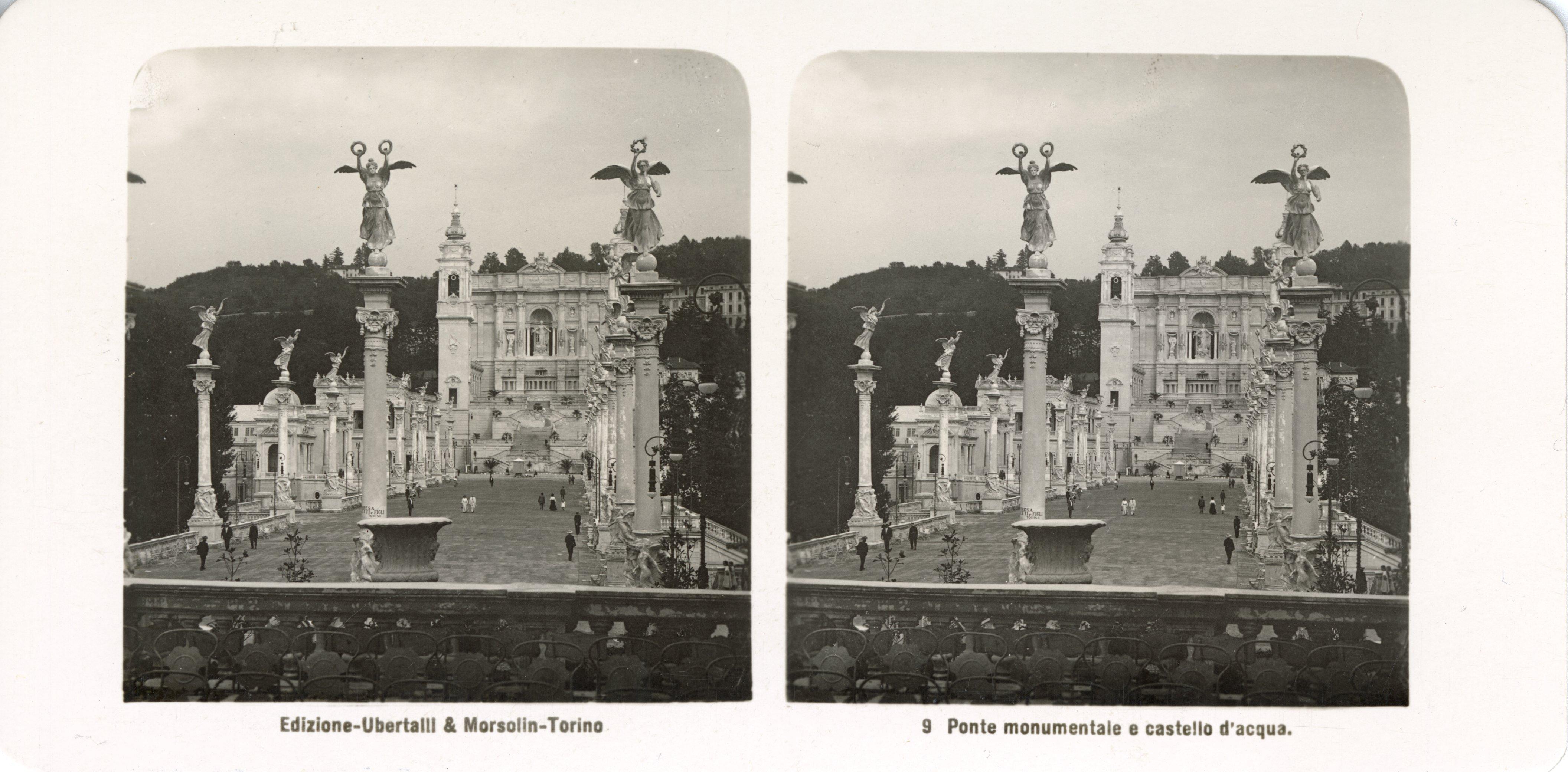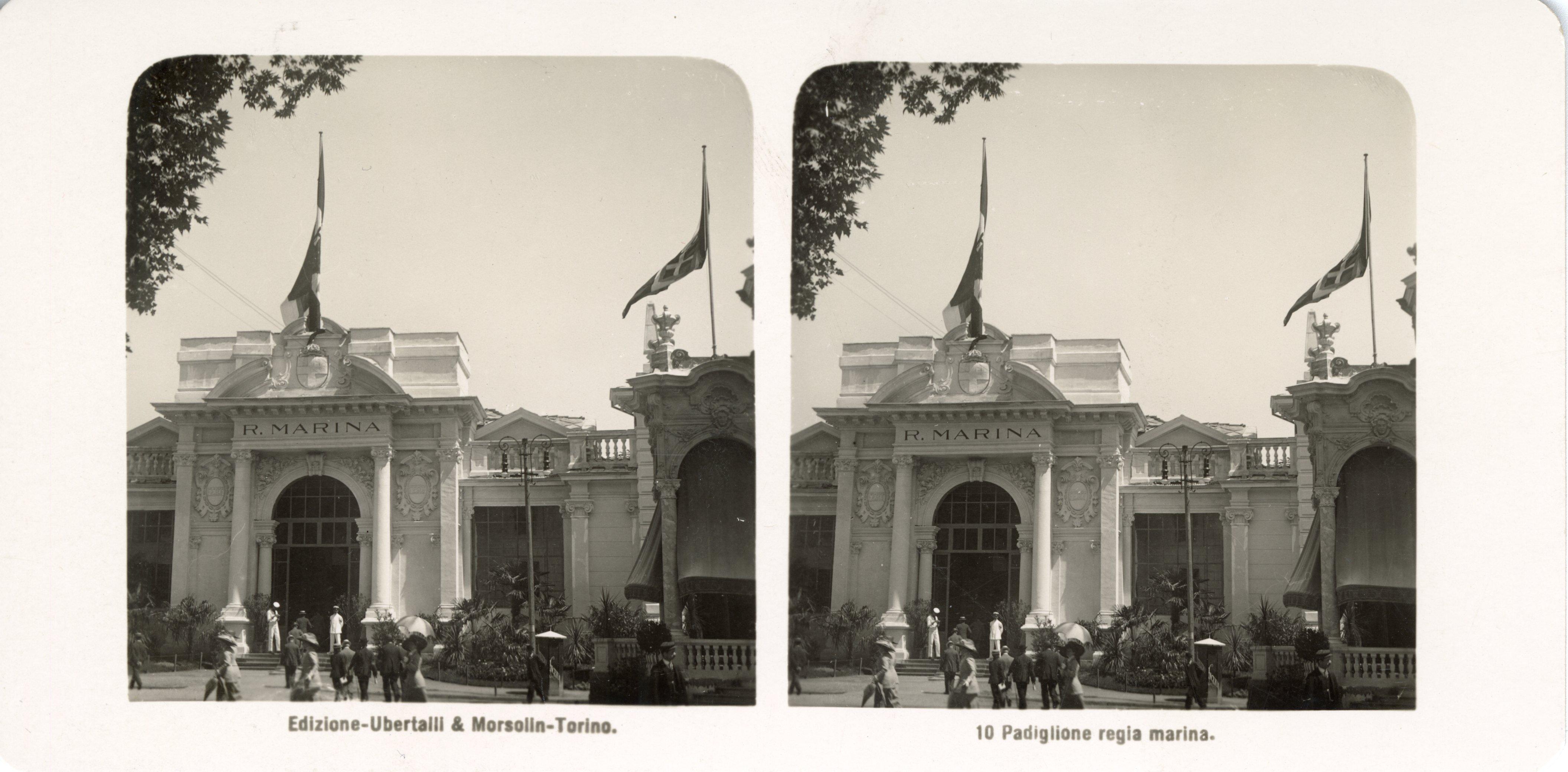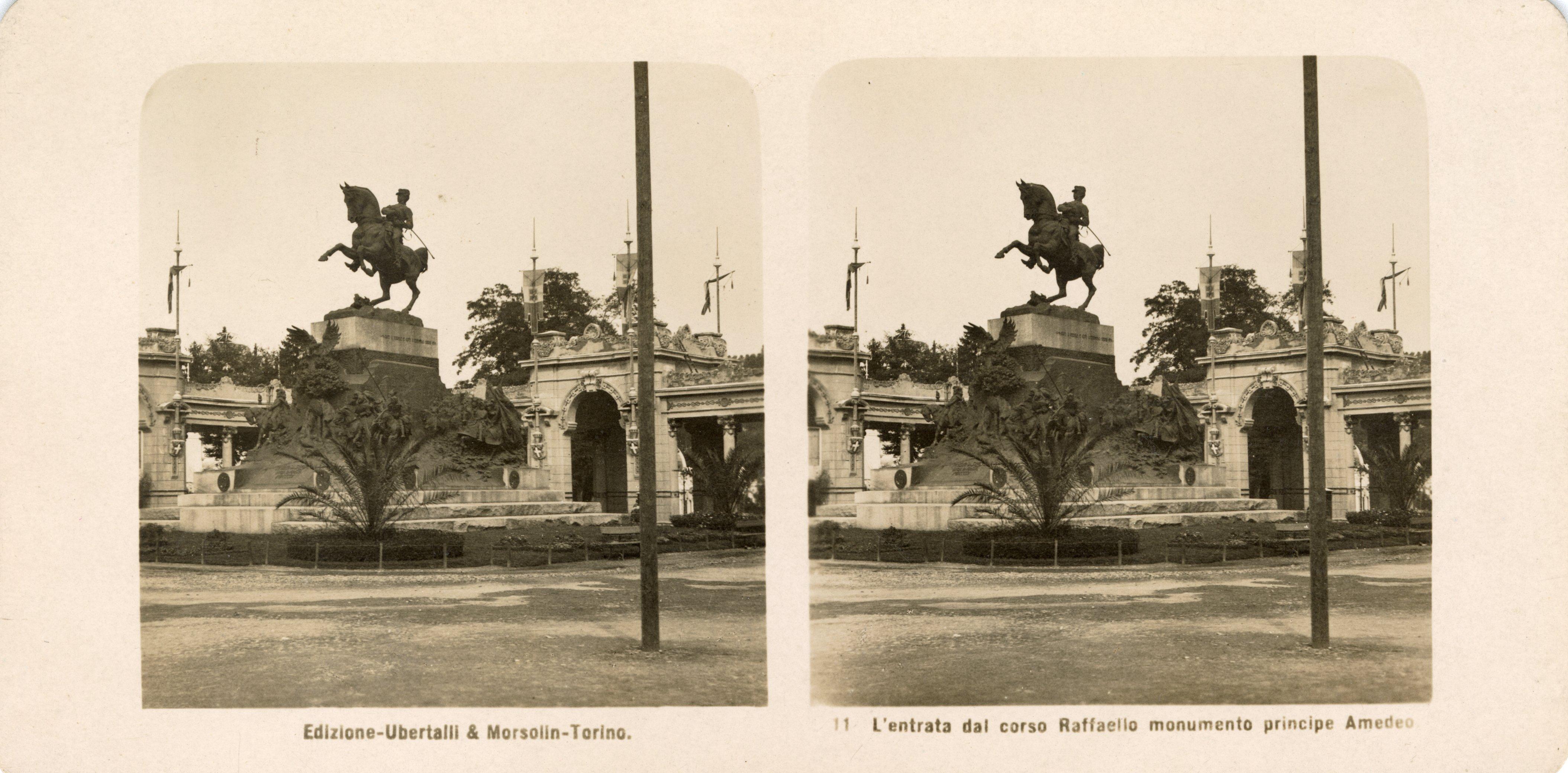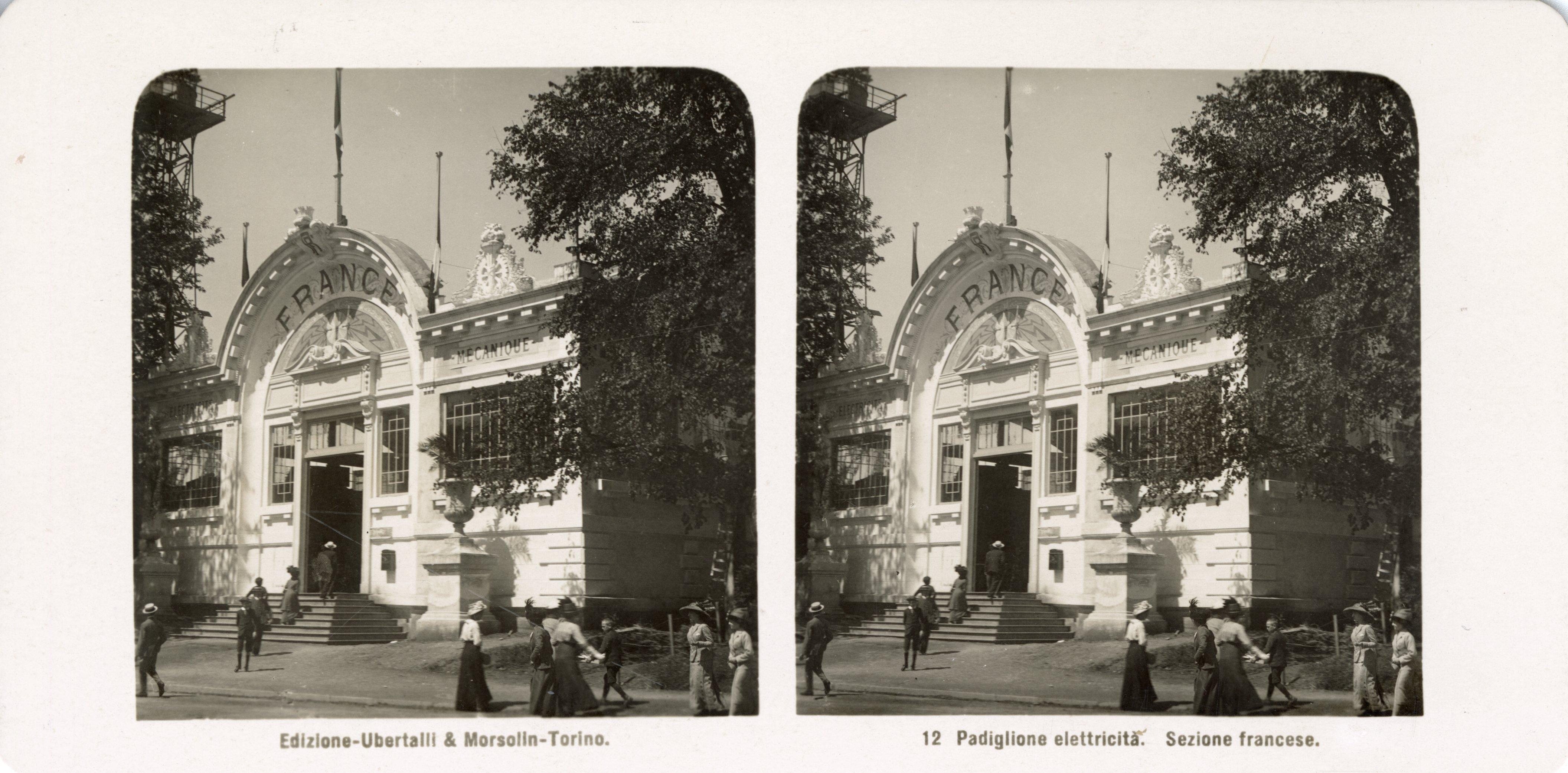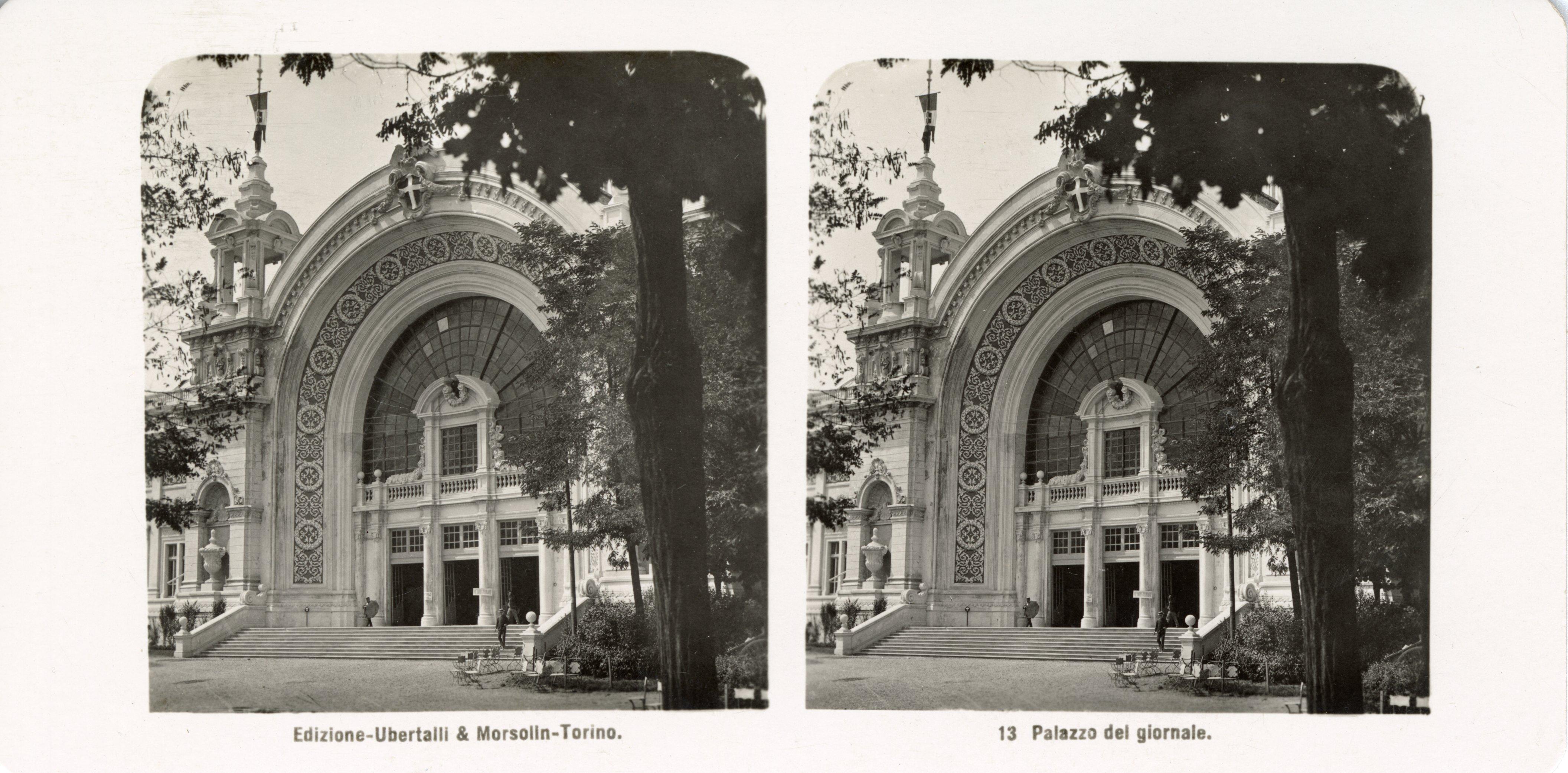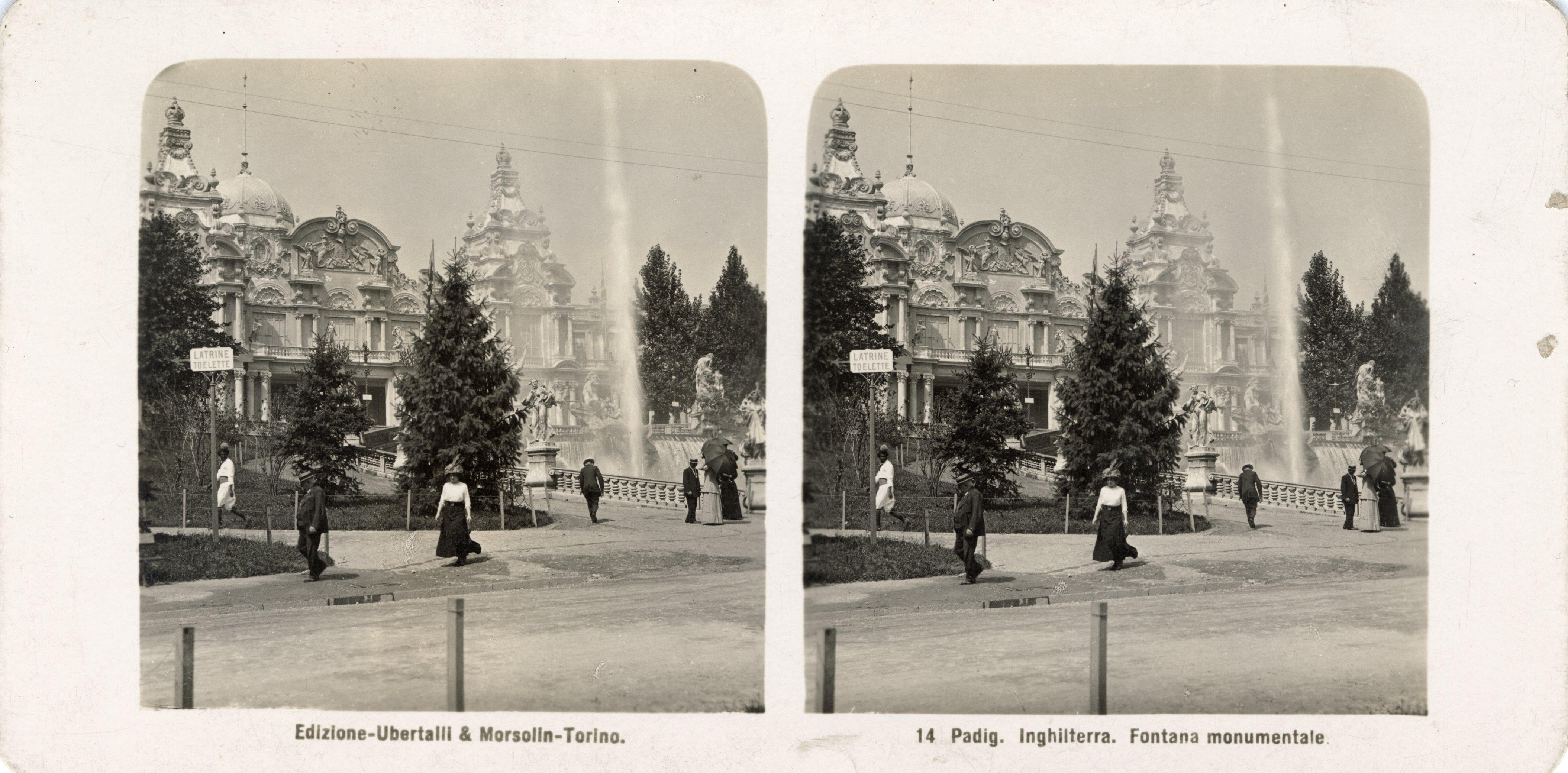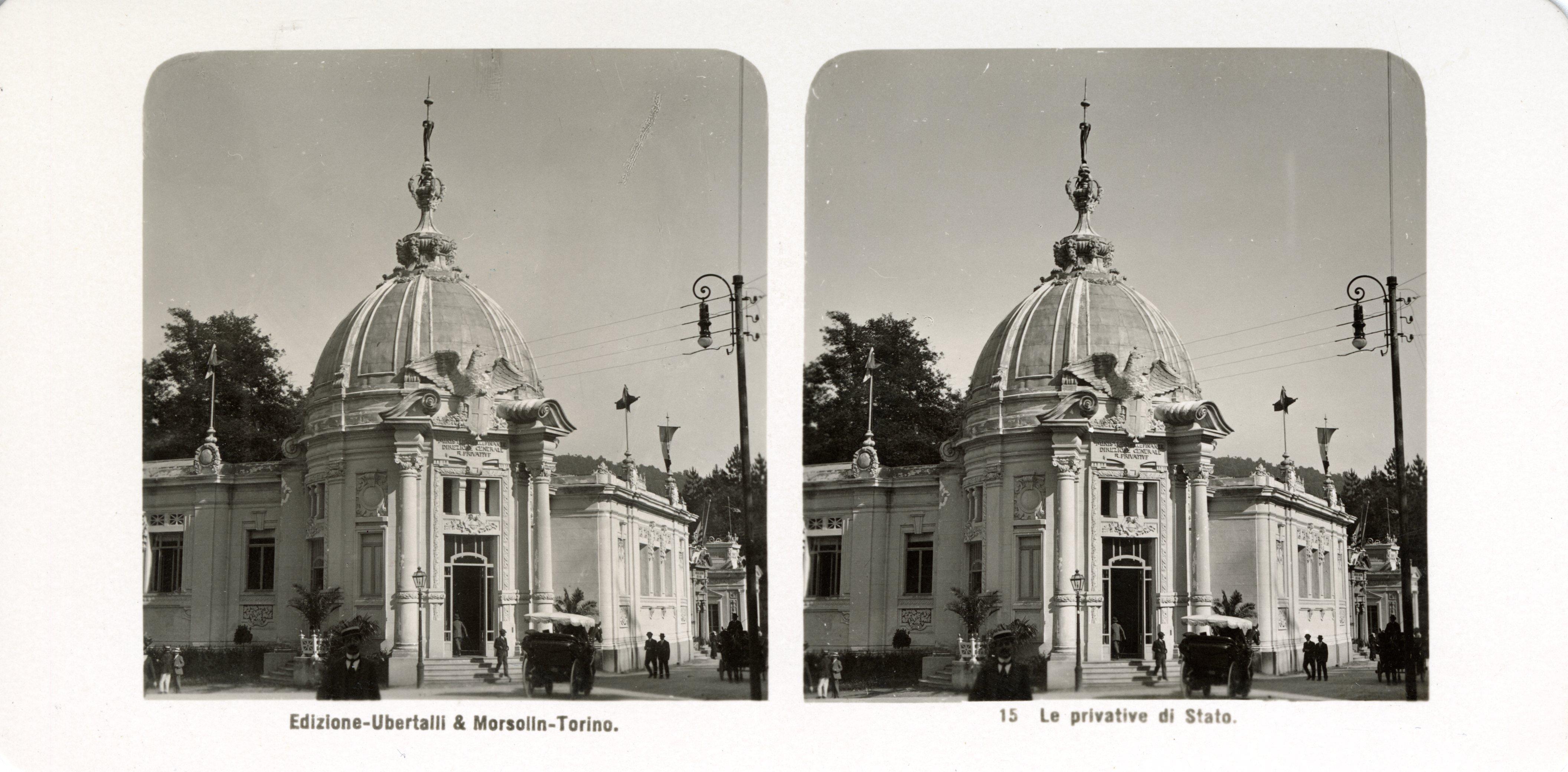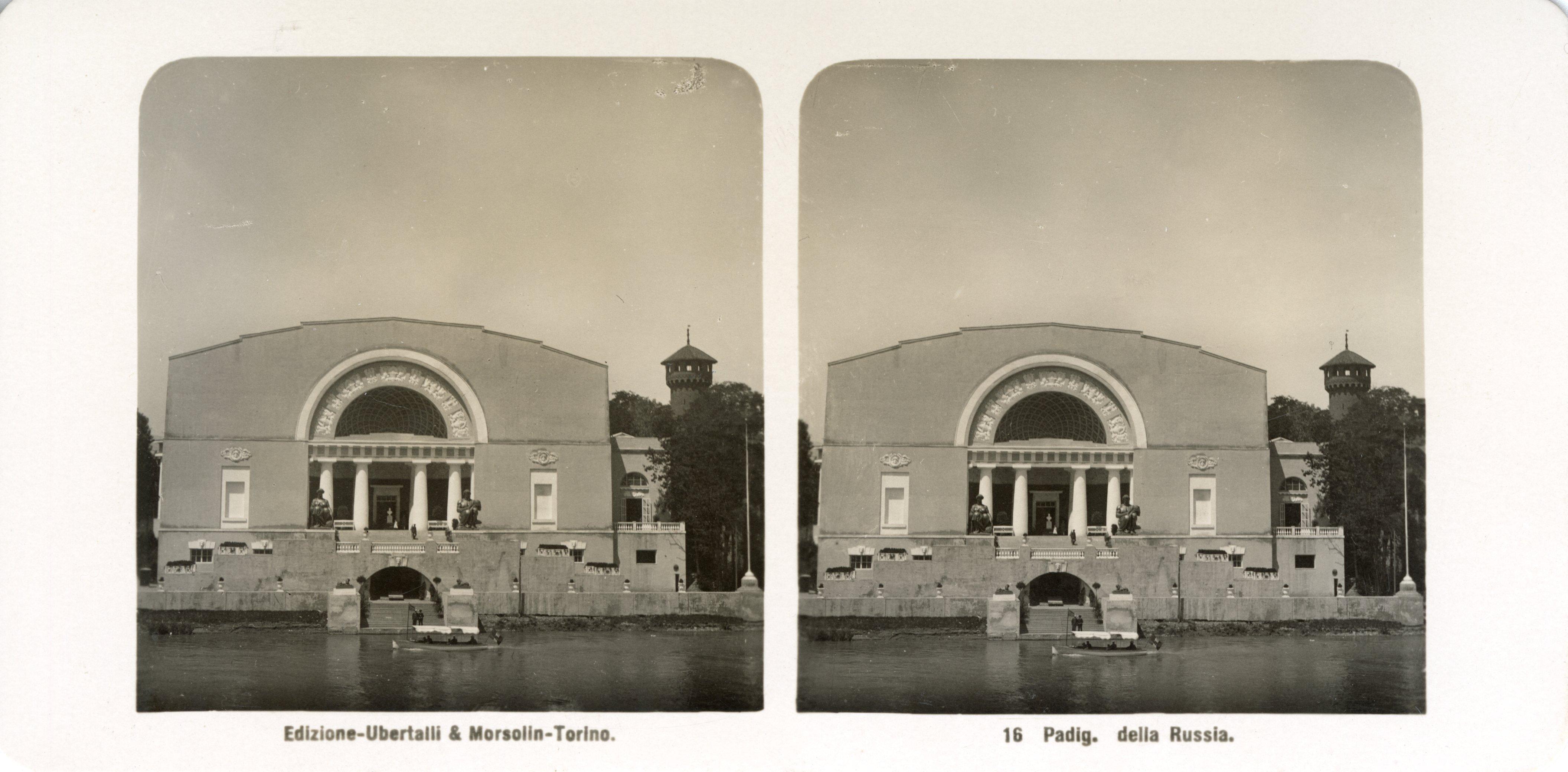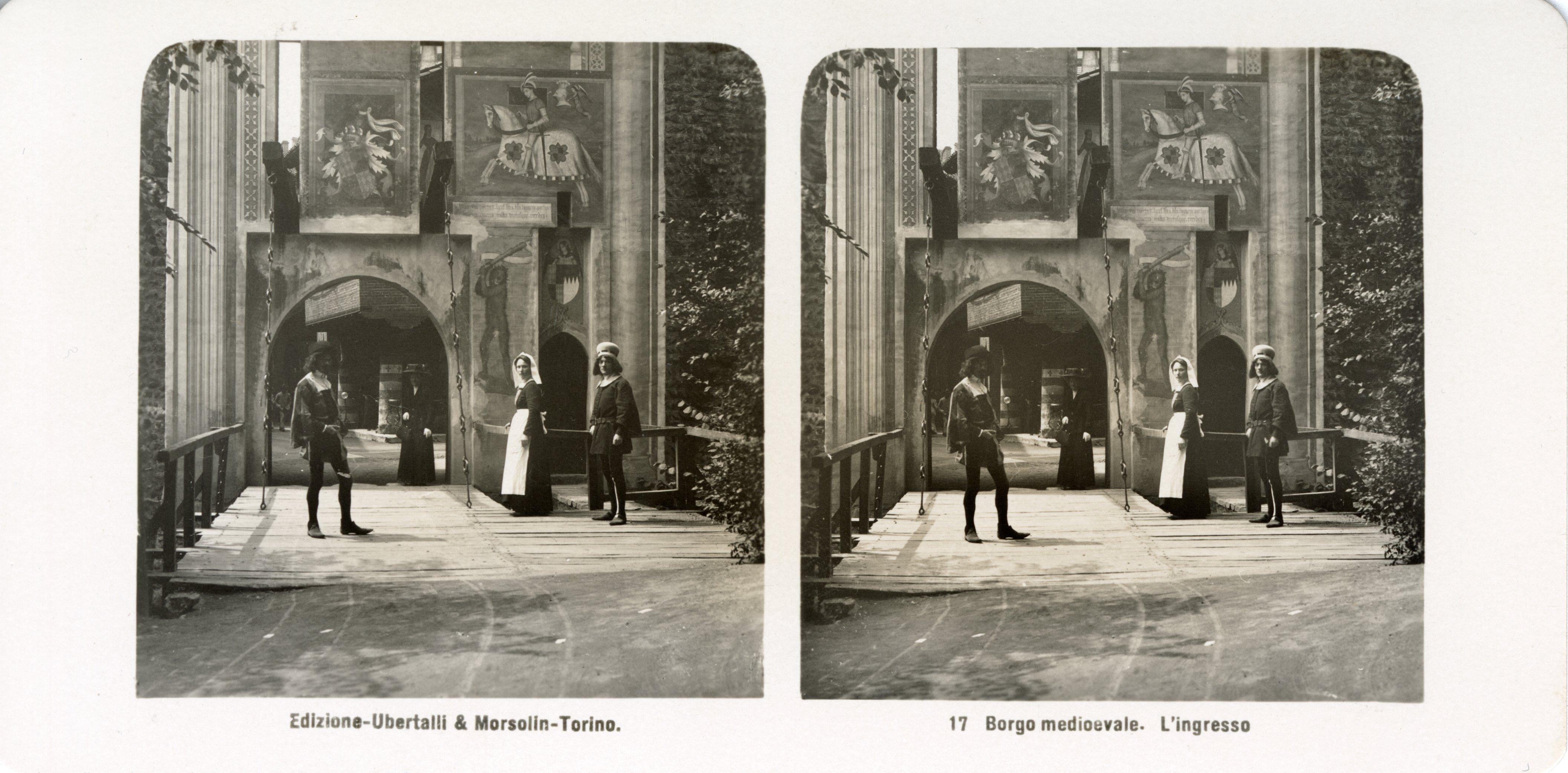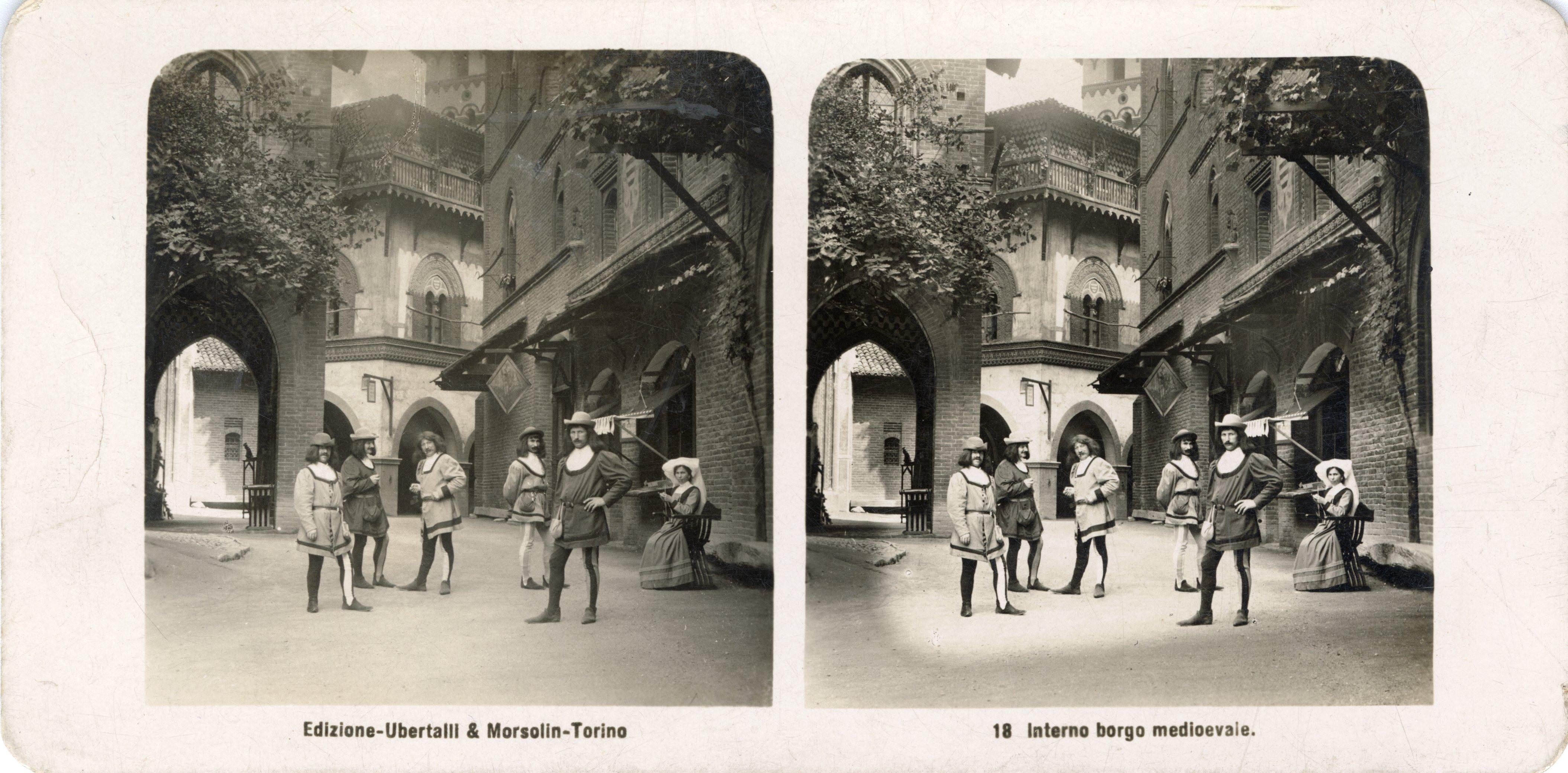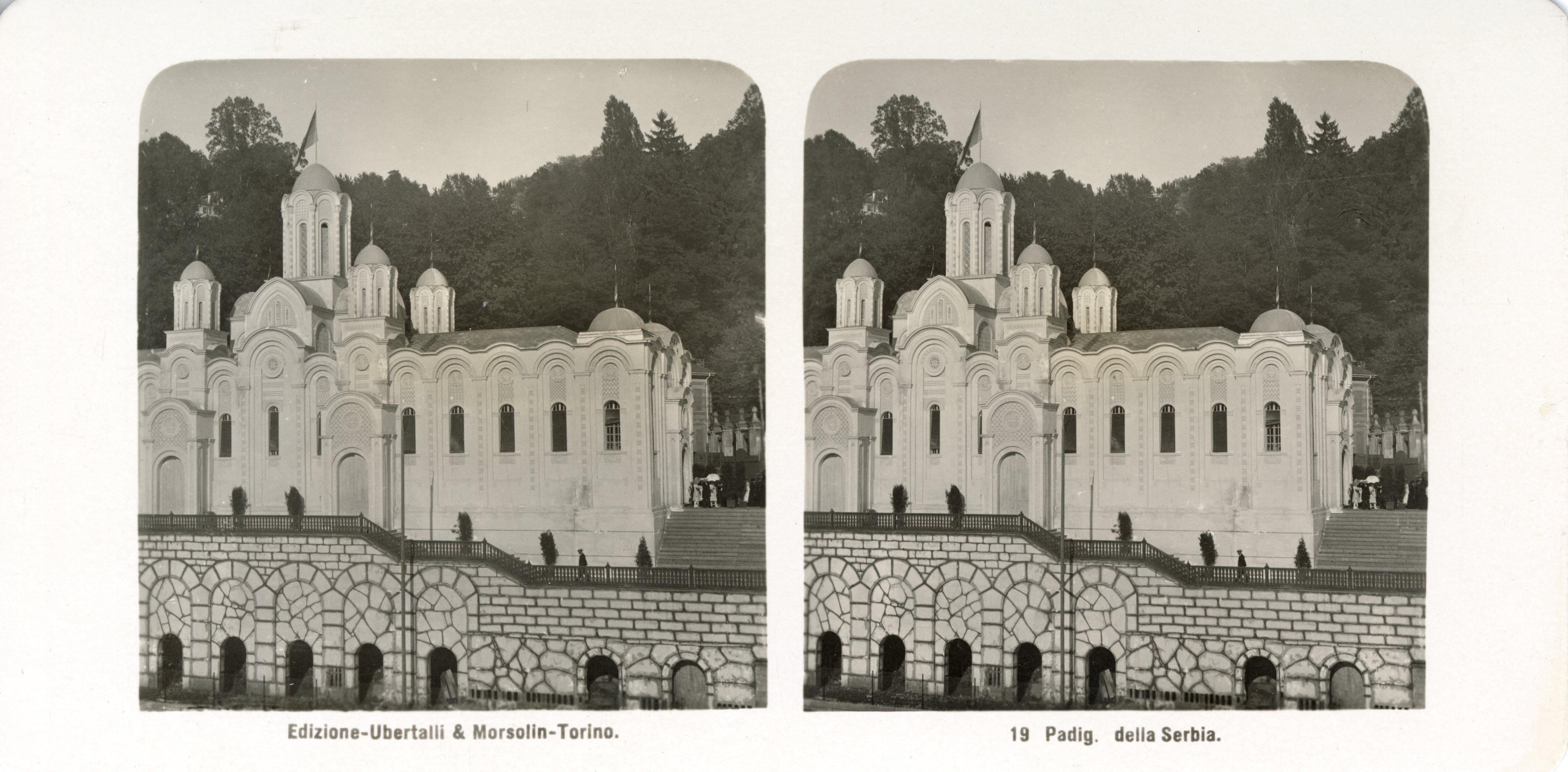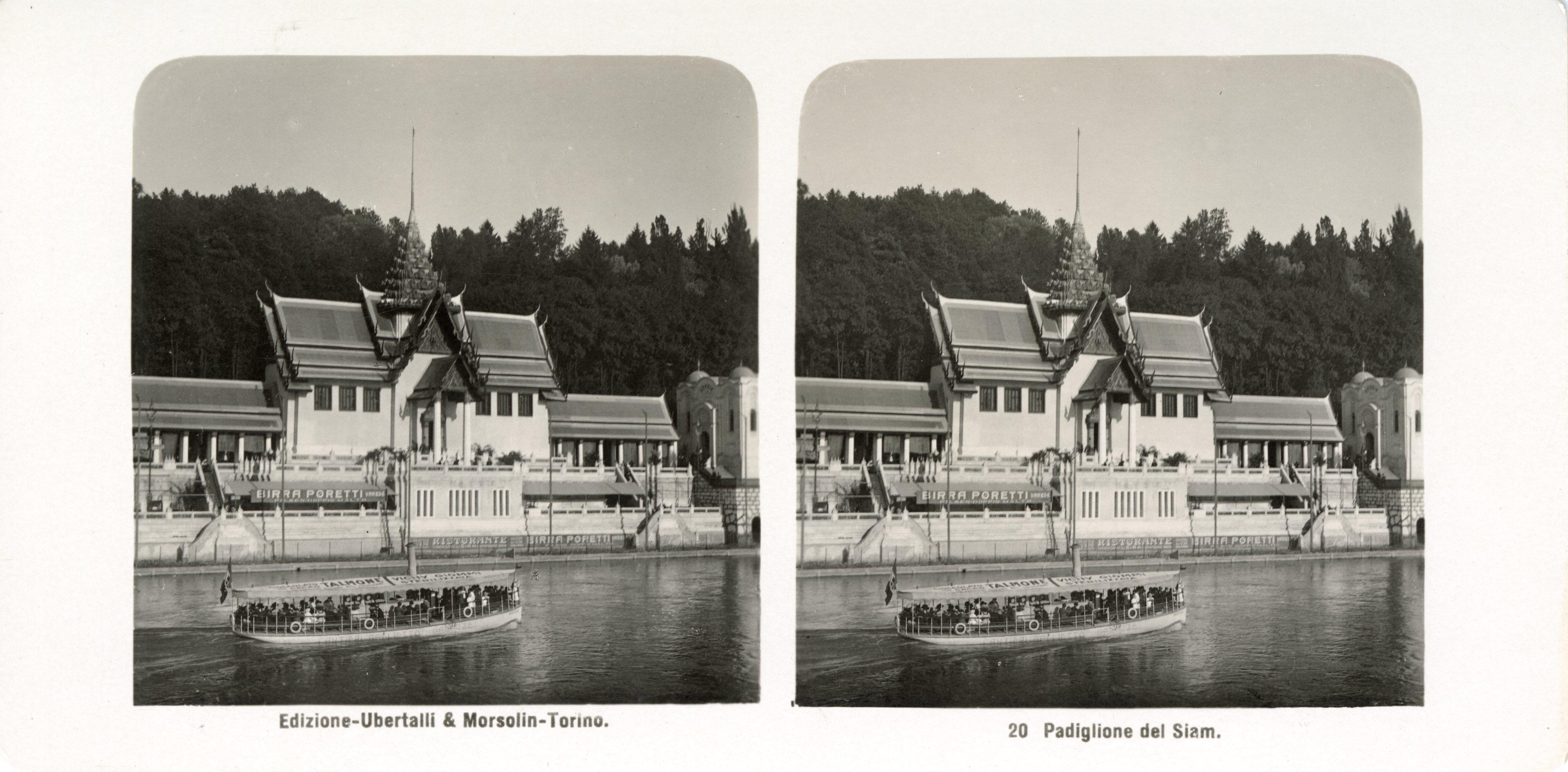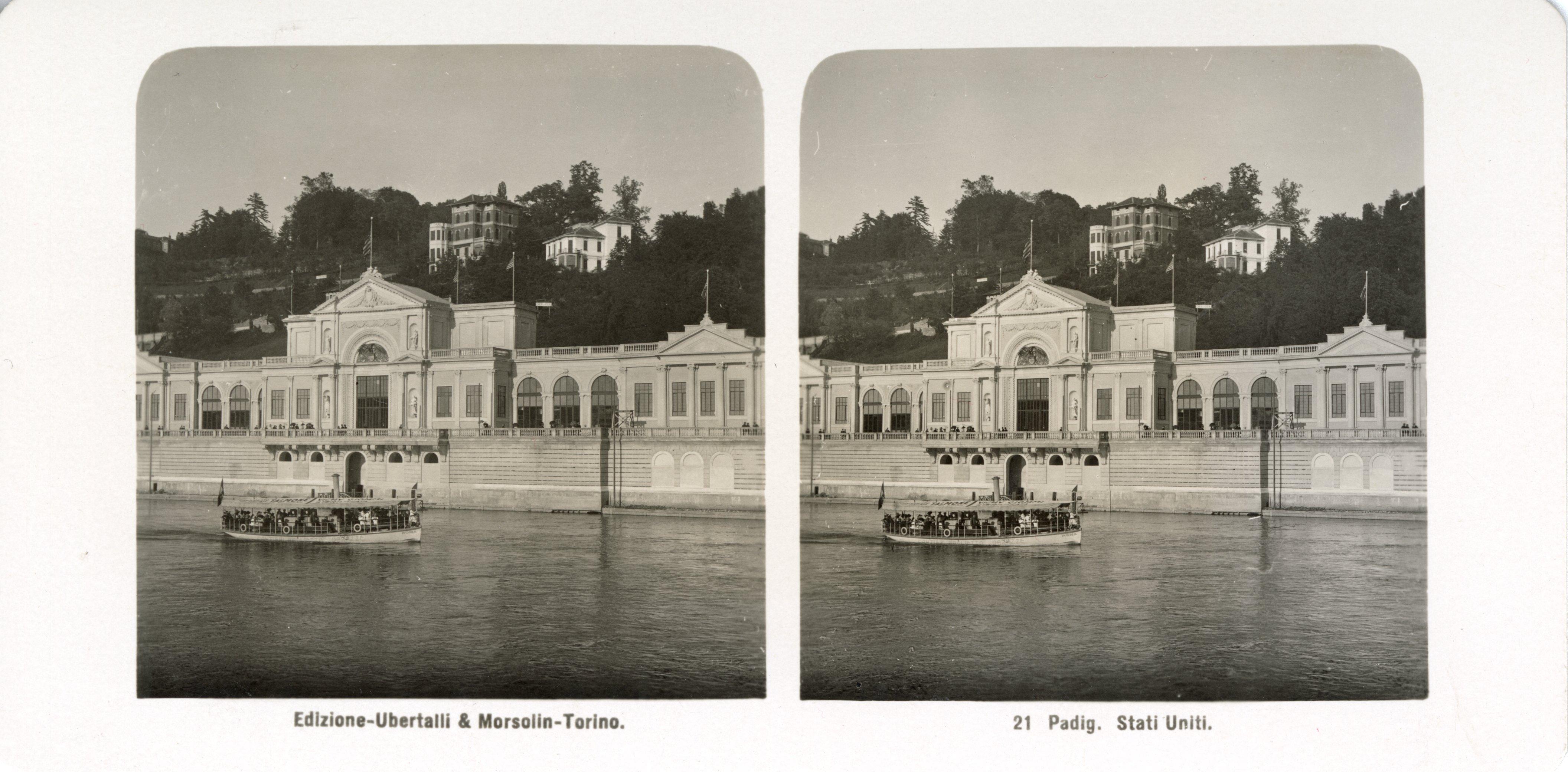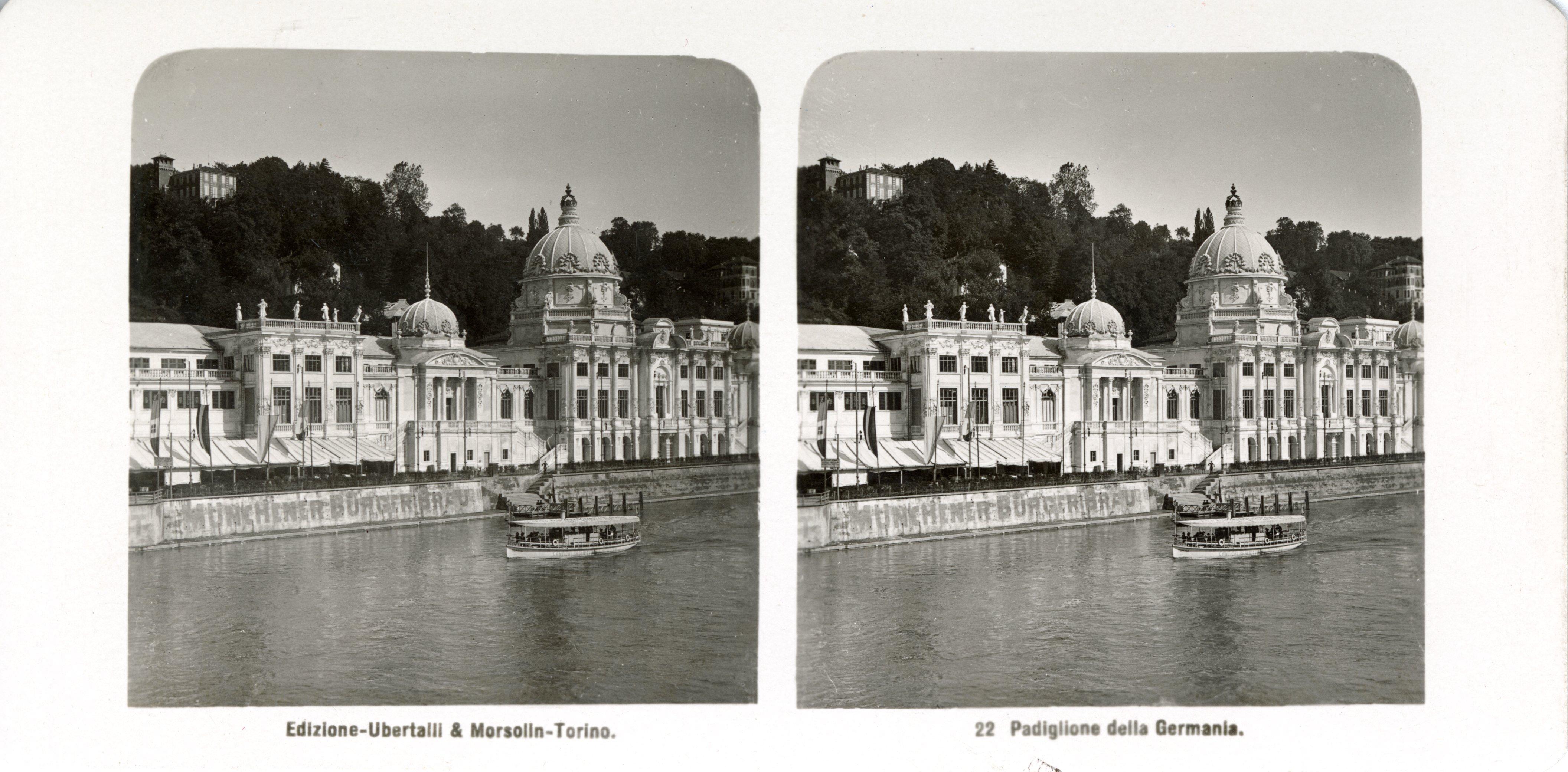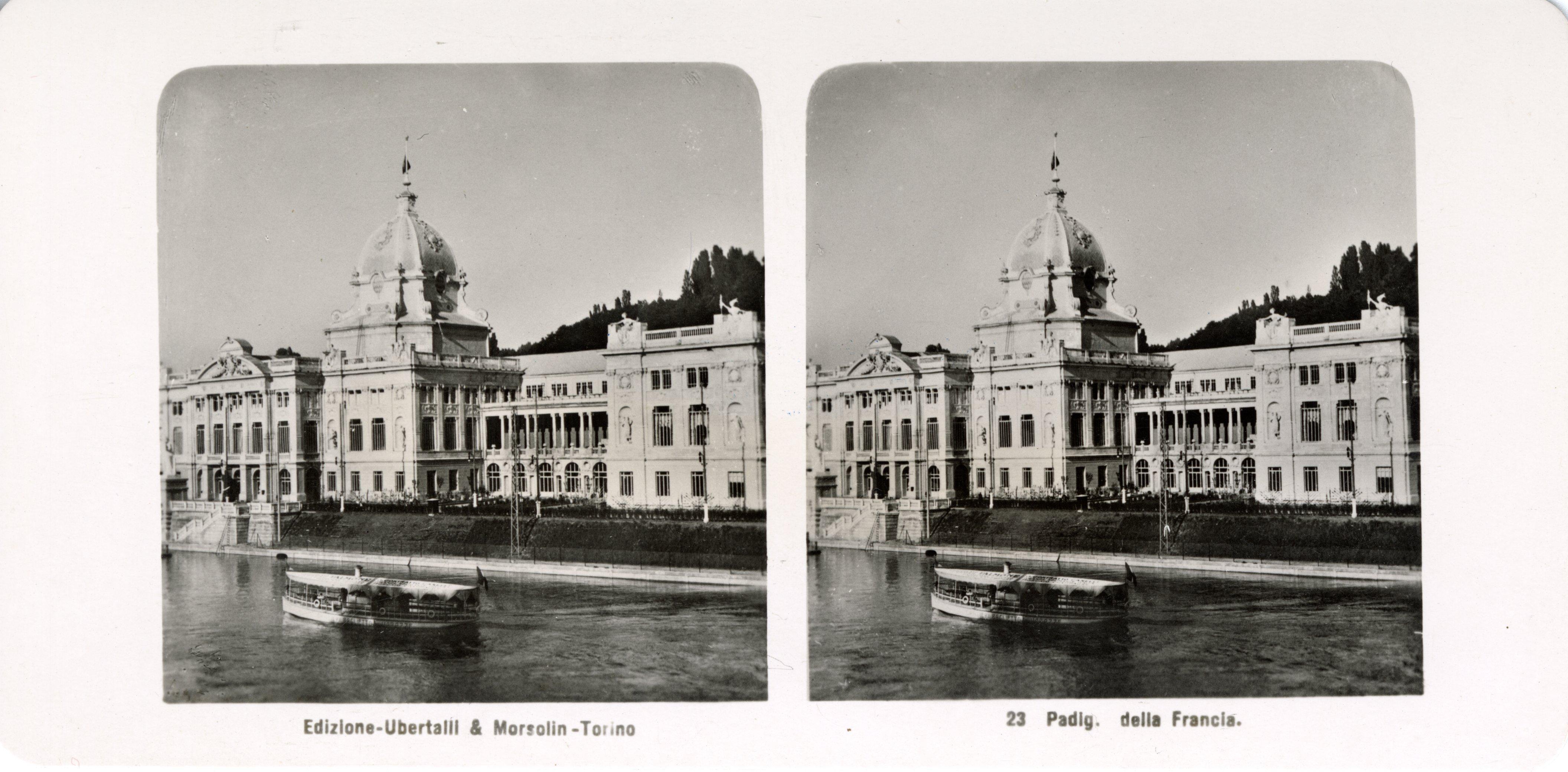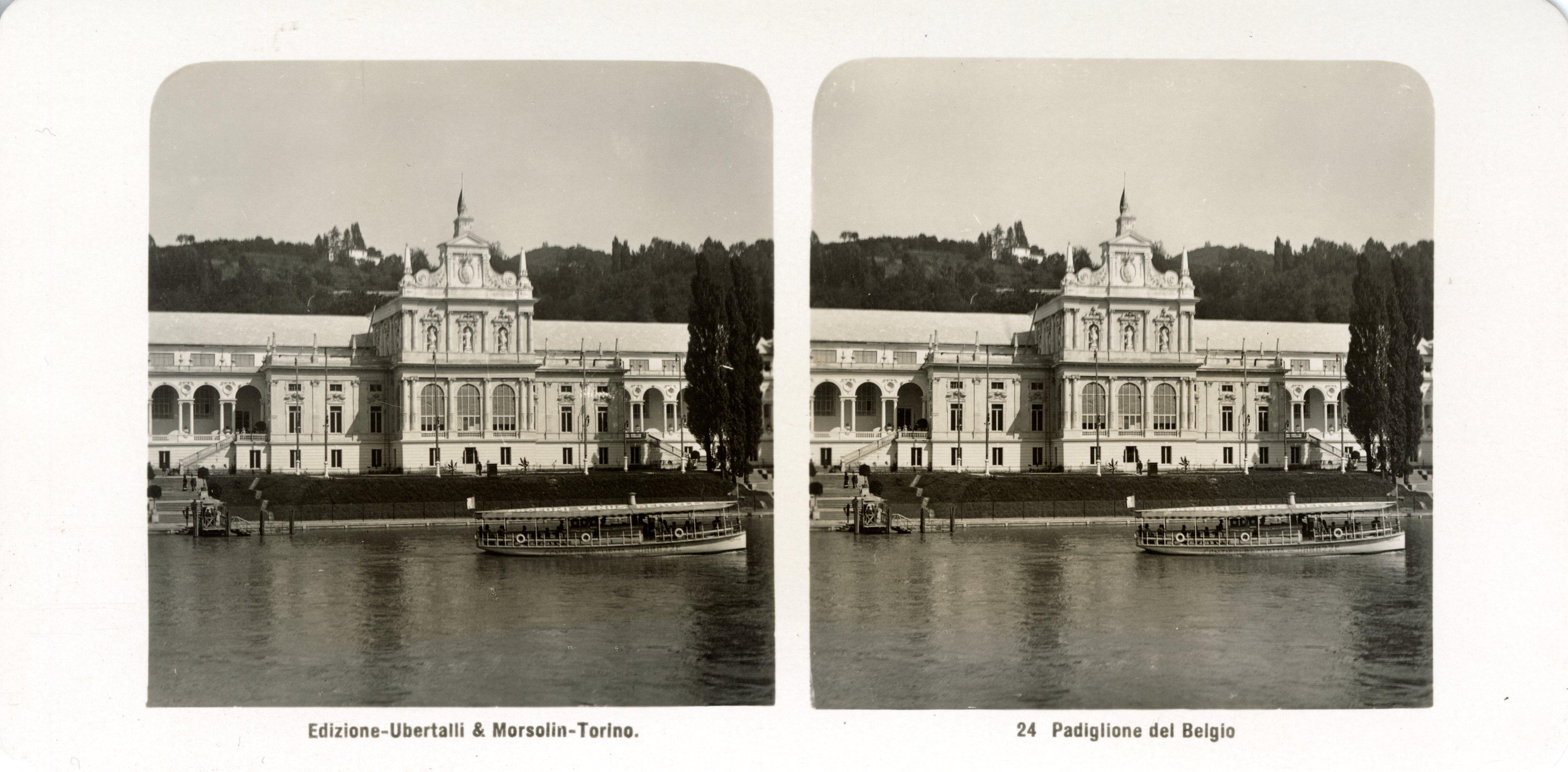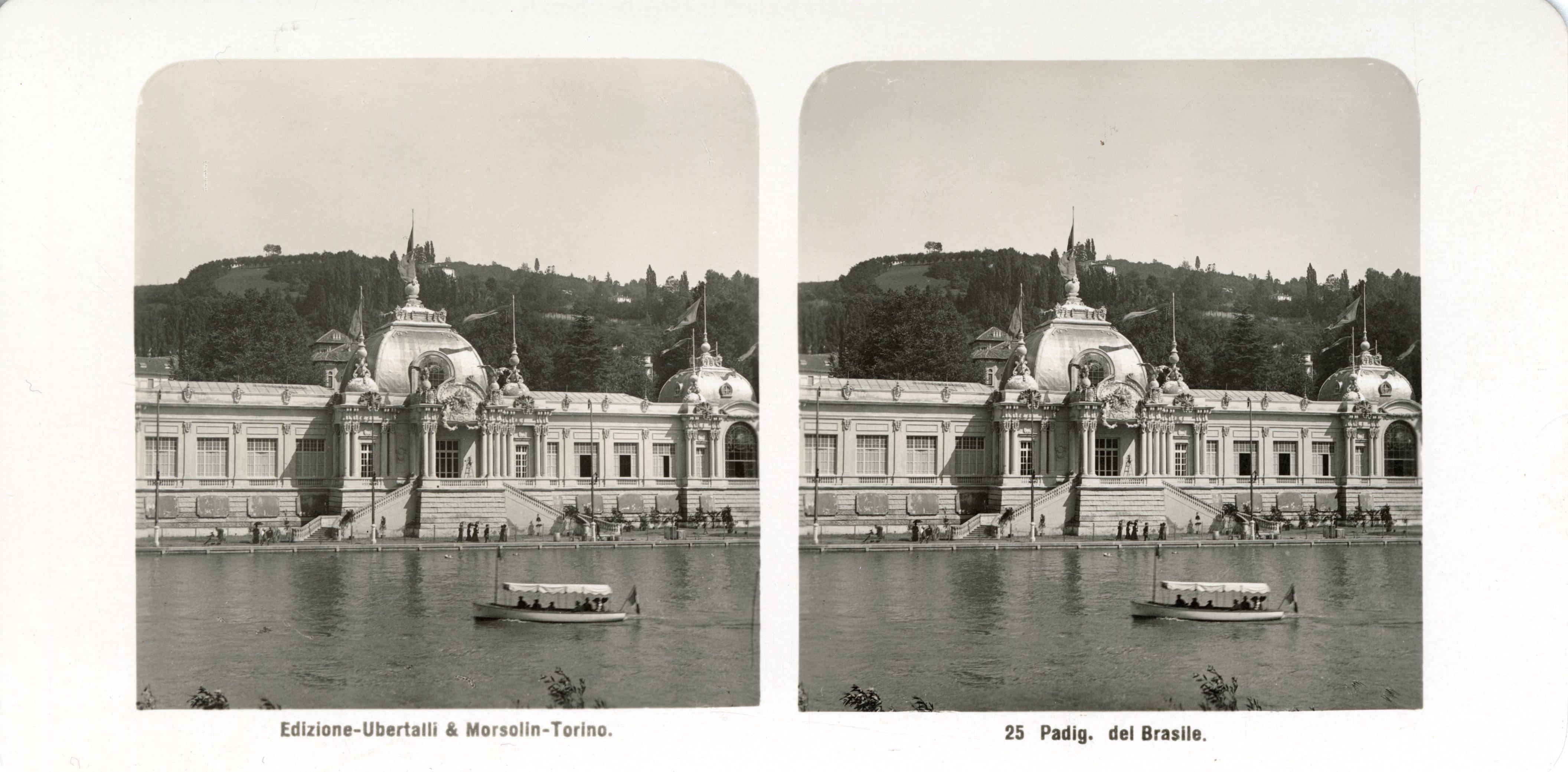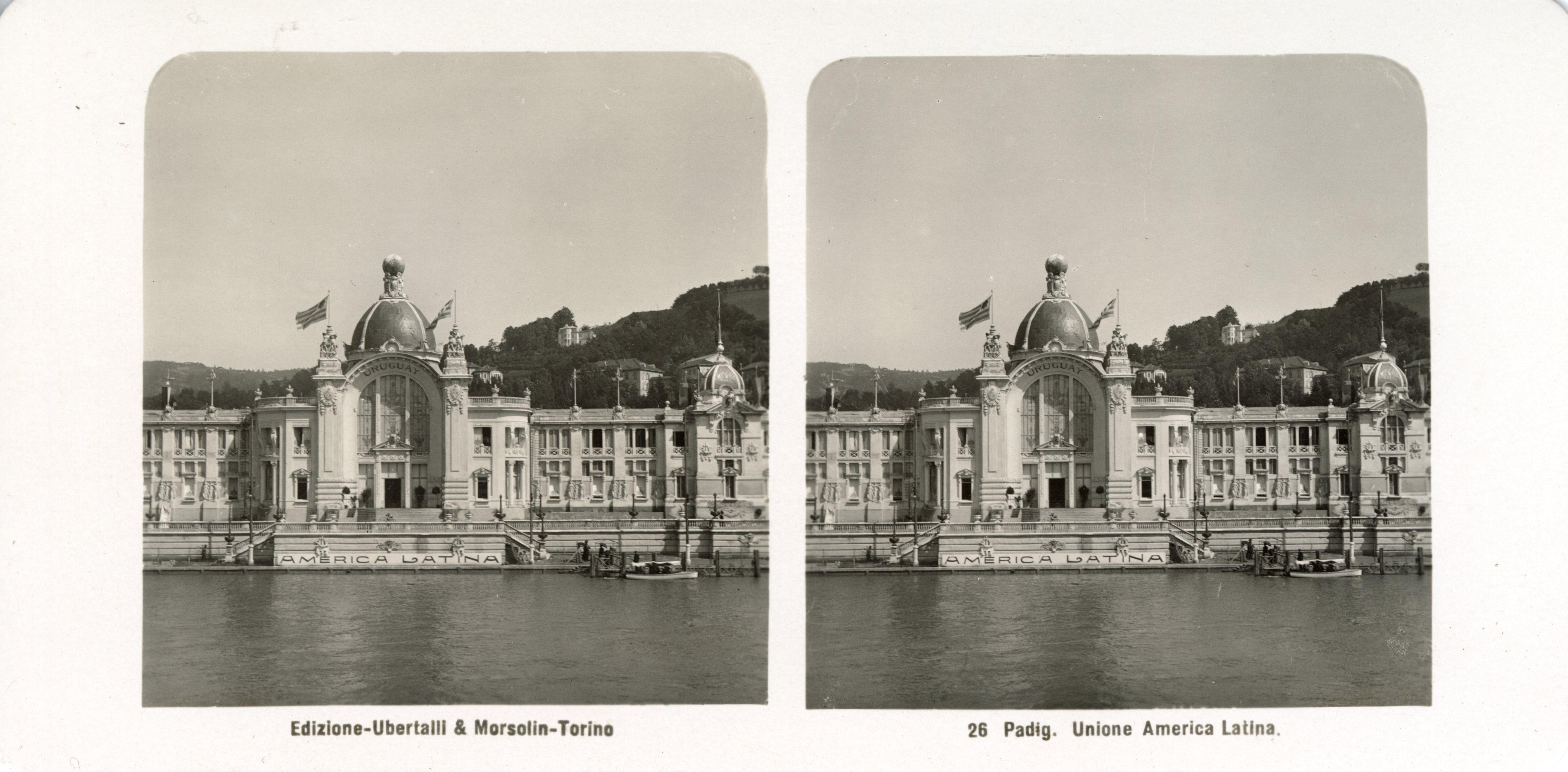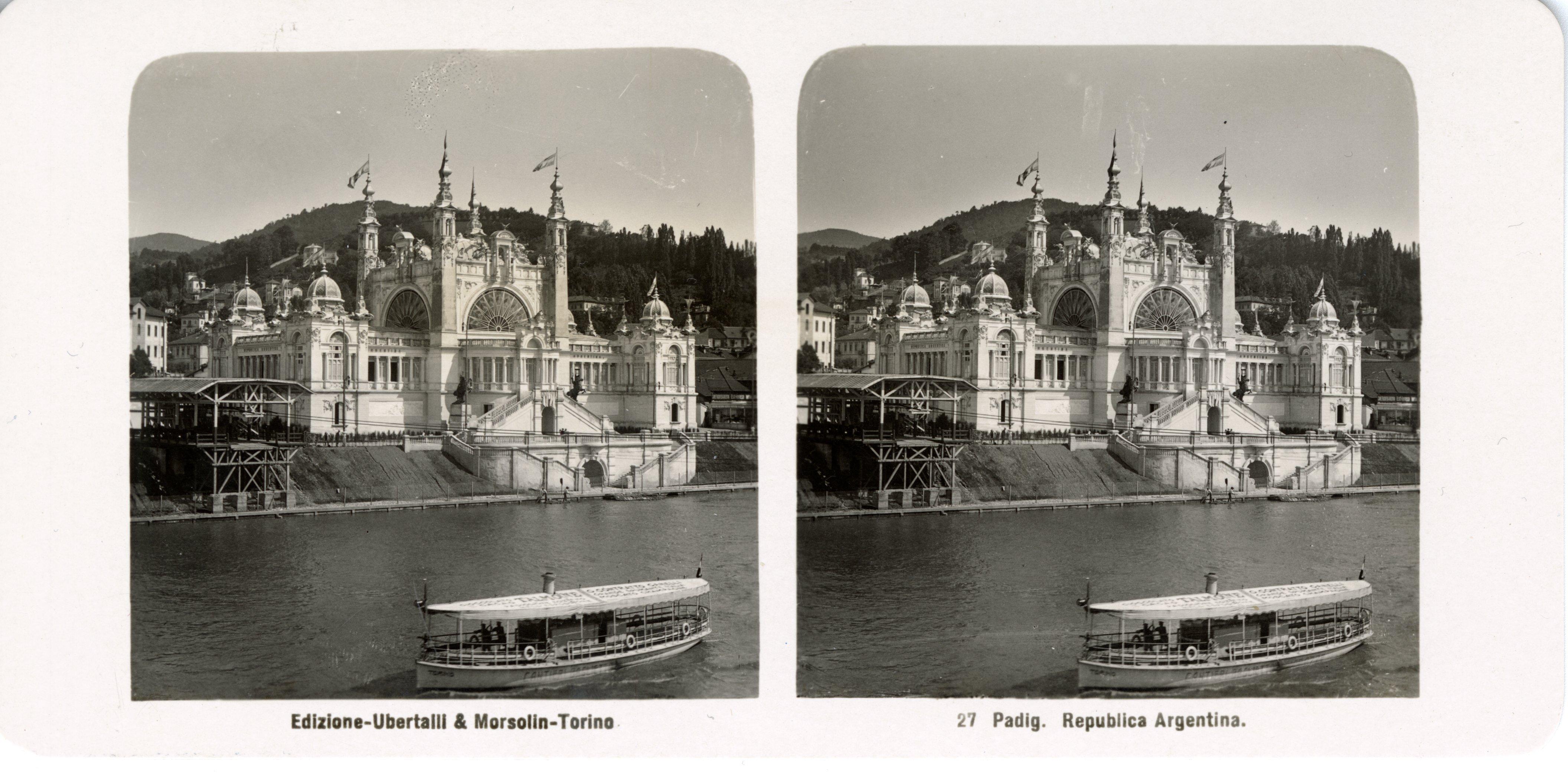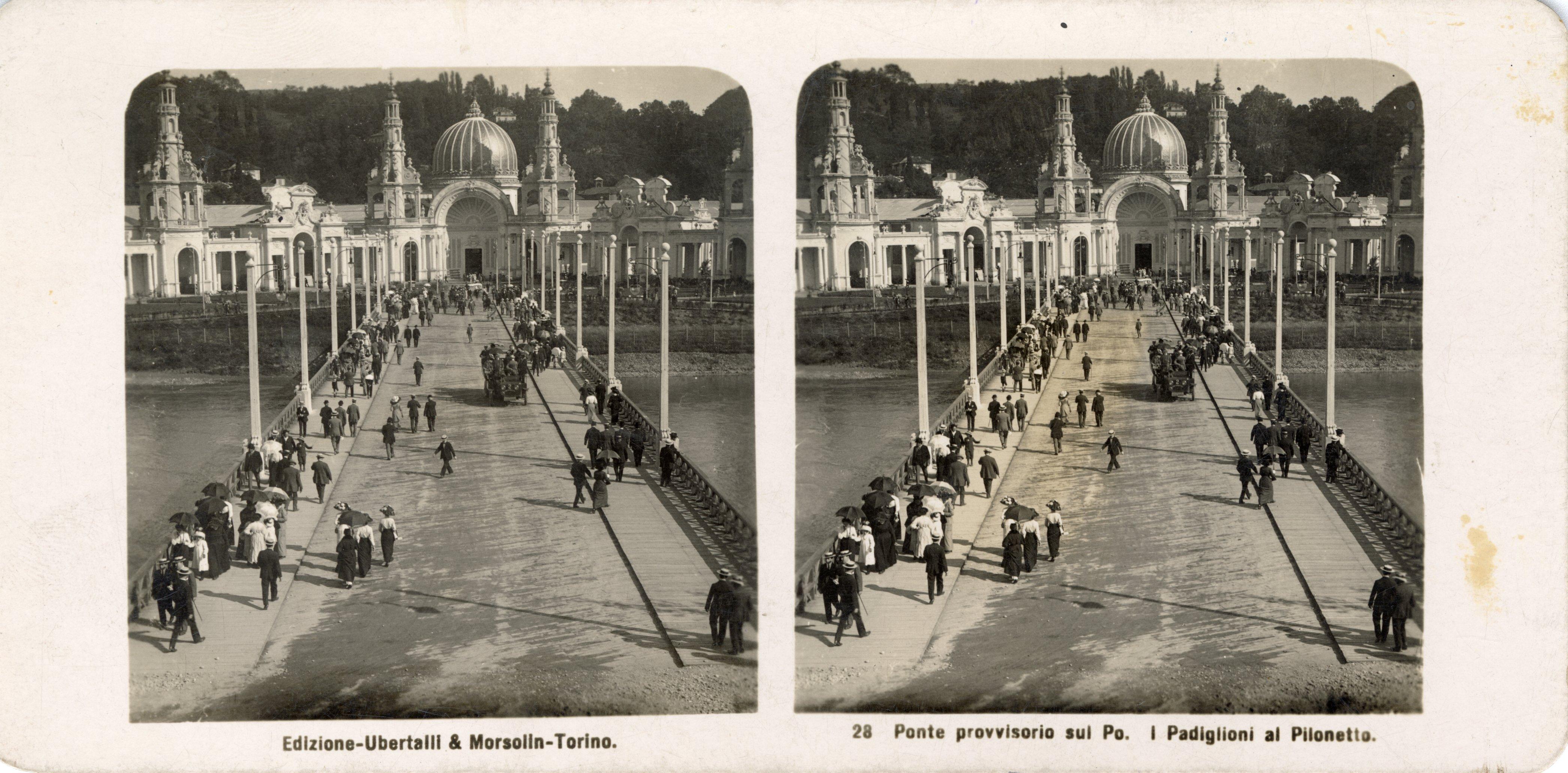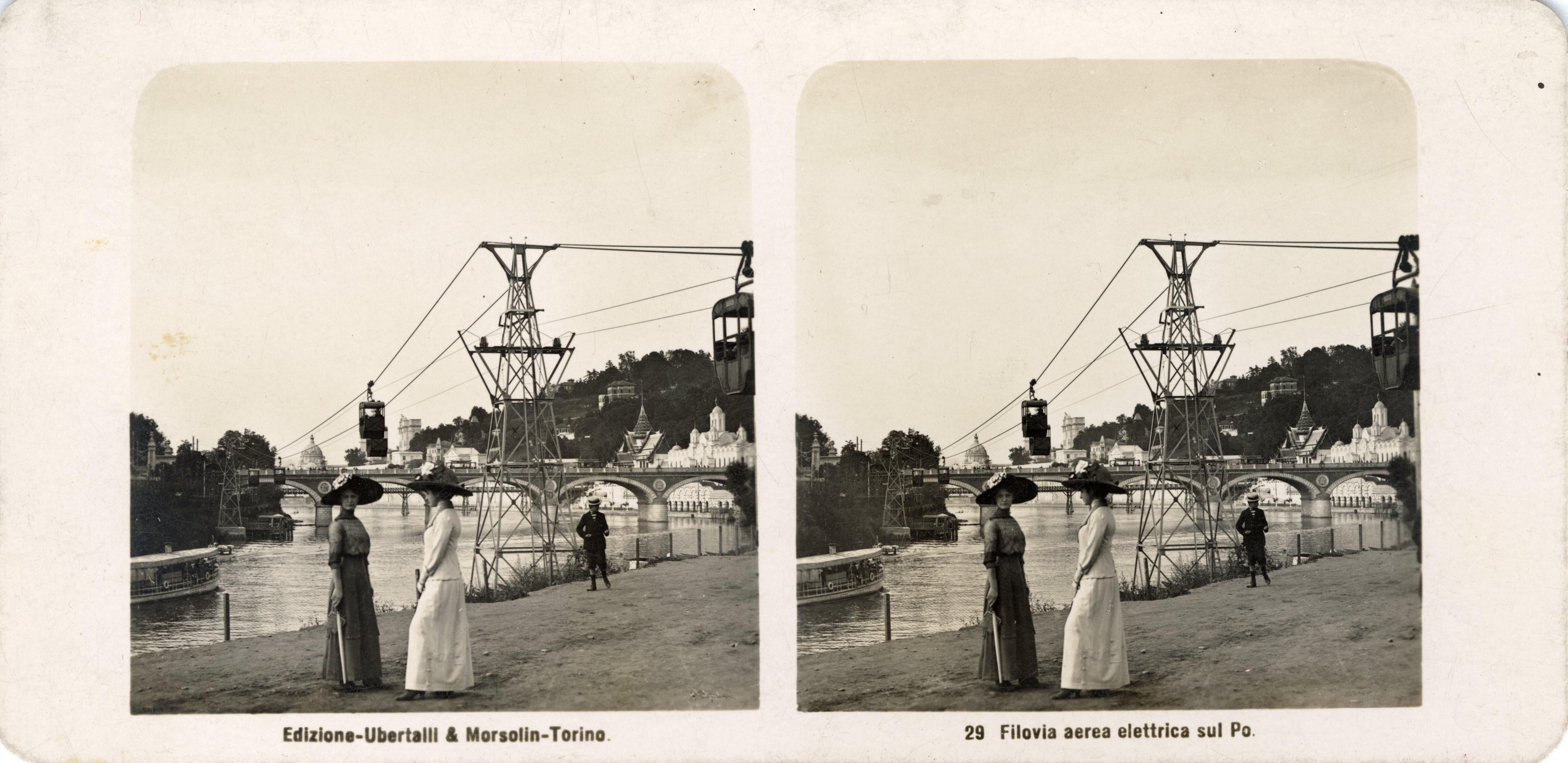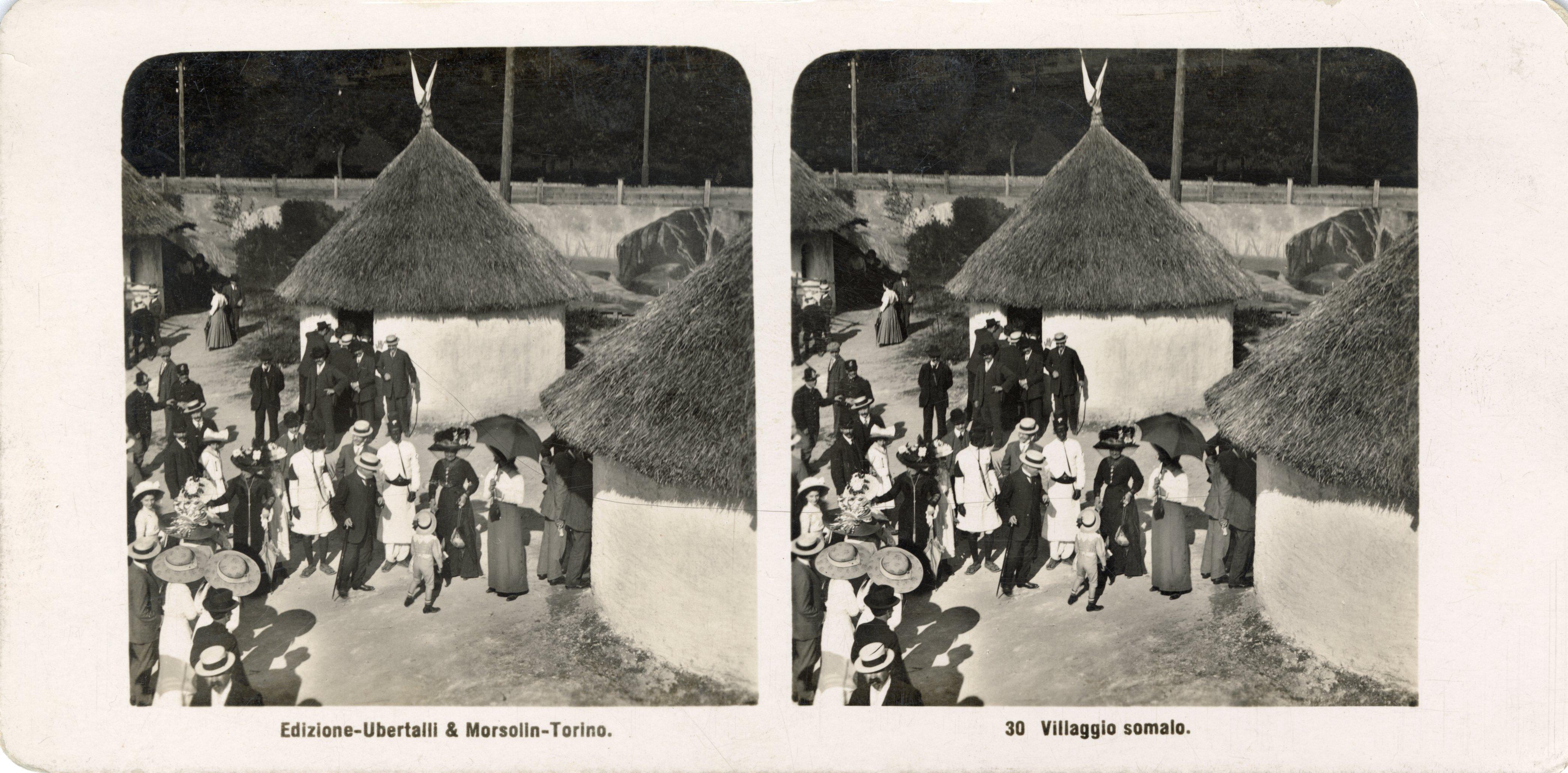News
February 21, 2025
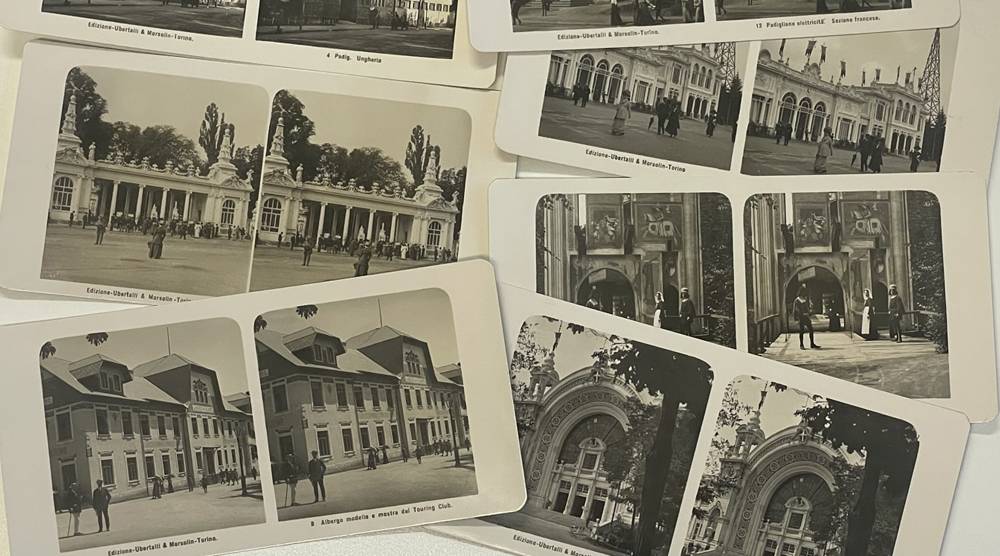
By Alessandra Spreafico
We are thrilled to announce the completion of our collection of stereographs produced by Ubertalli & Morsolin for the 1911 Turin International Exposition. With the recent acquisition of the last missing items, the set now includes all 30 stereographs originally created to document the event.
A stereograph is a pair of nearly identical photographs mounted next to each other that, when viewed through a stereoscope, create a striking three-dimensional effect. This technology allowed people of the time to experience distant places and grand events with remarkable depth and realism. Invented by Charles Wheatstone in 1832, amazing stereographs were created by the Turinese company Ubertalli & Morsolin for the 1911 Turin Fair.
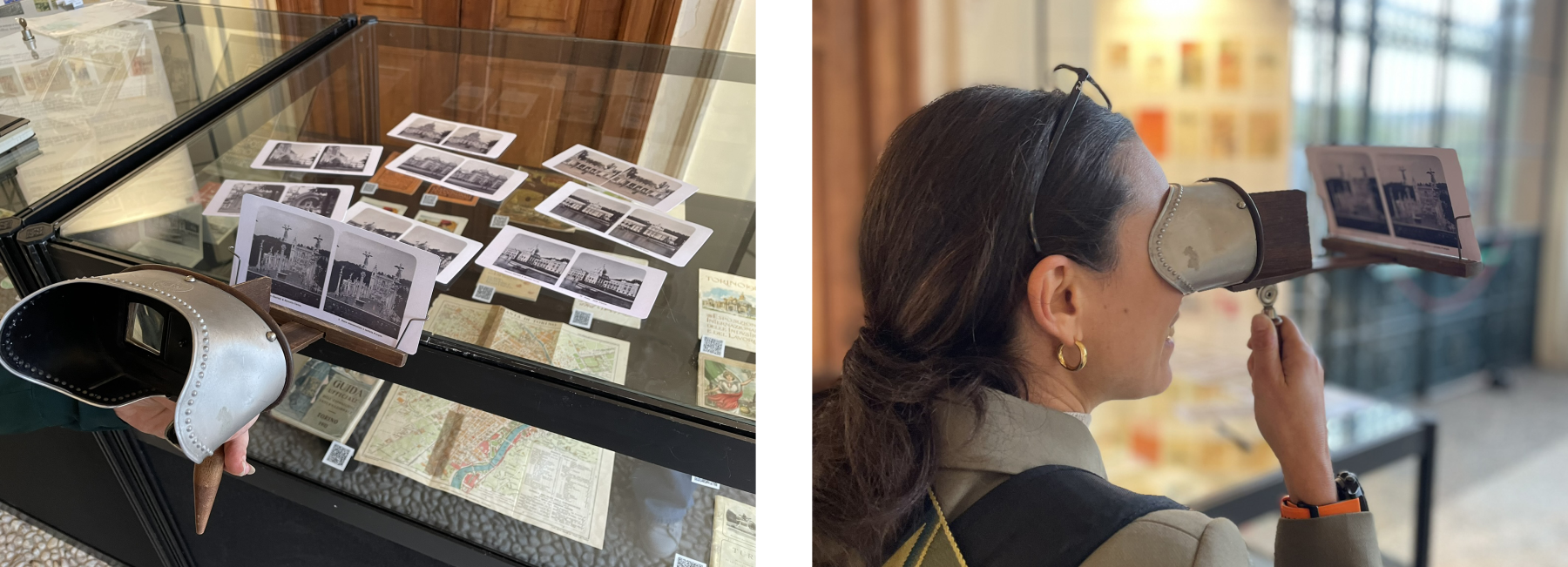
The Ubertalli & Morsolin series offers a unique visual record of the exposition, showcasing key architectural landmarks. Most of the stereographs present national pavilions, among them are the Siam, Hungary, and Russia with their peculiar styles, but also Belgium, France, Germany, Untited States, with their baroque and neoclassical revival style. Among the featured structures are thematic structures like the Palace of Fashion, the Newspaper Pavilion, Pavilion of Arts Applied to Industry, Alpine Hotel and the Monumental Complex with the double-level bridge and the Castle of Waters. Besides, rare views are the stereographs of the Somalia and Aerial Tramways that are often neglected by photographers.
All the stereographs have been digitized, catalogued, and are available on the Turin 1911 website. You can find them under Explore > Archival Materials > Depictions (Visual Works) > Stereographs.
You can have an overall view of the entire collection below, click on the caption to observe the single stereograph.
With this final acquisition, we celebrate the completion of a rare and valuable historical collection, preserving the grandeur of the 1911 Turin Exposition for future generations.
Stay tuned to discover freshly-catalogued archival materials!


